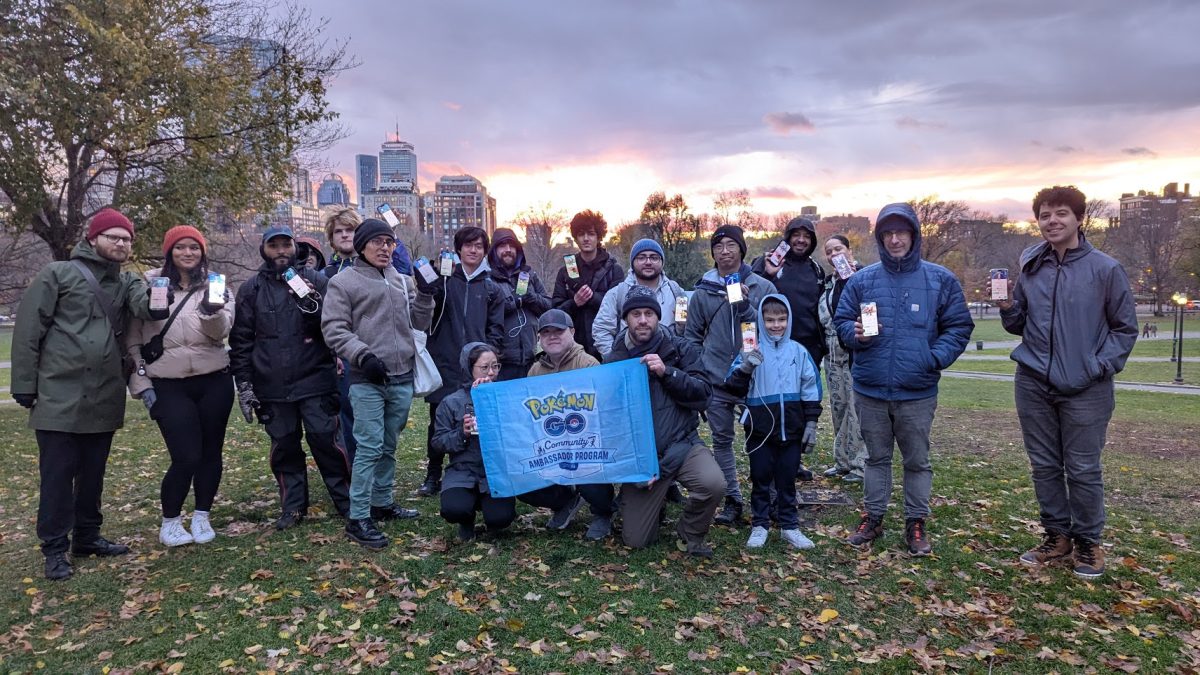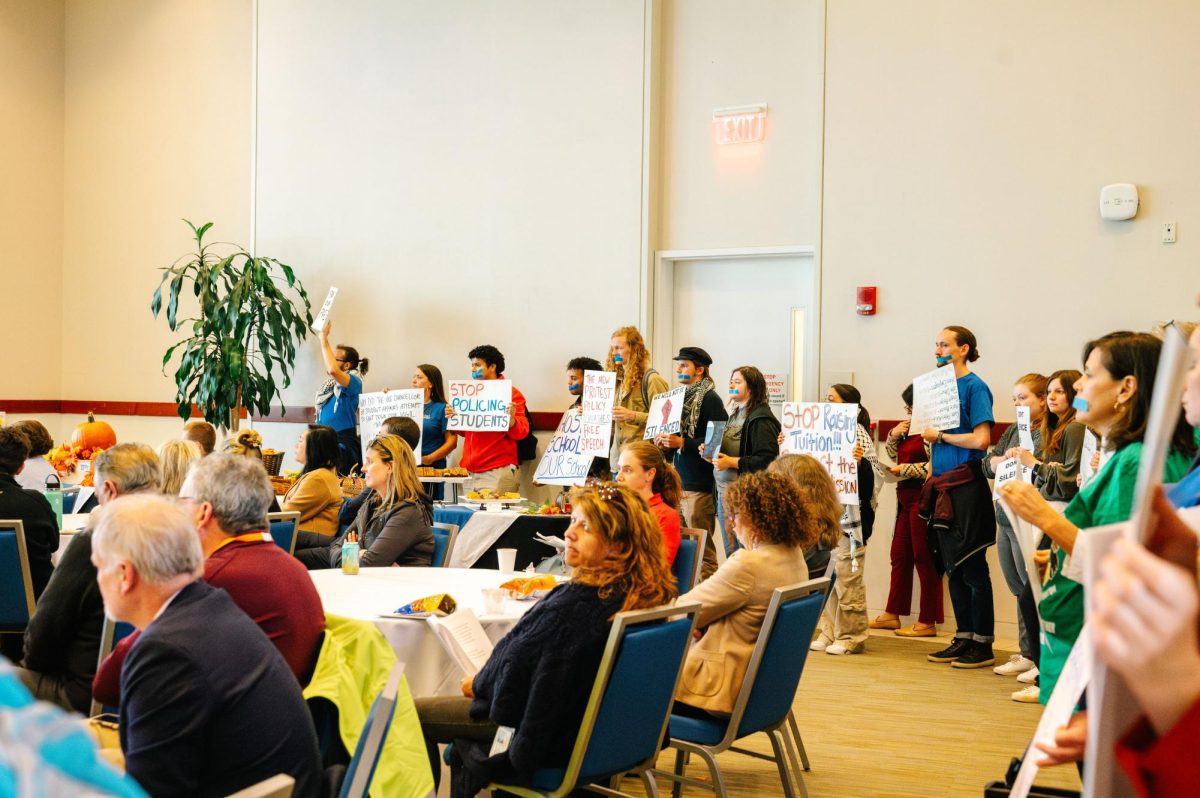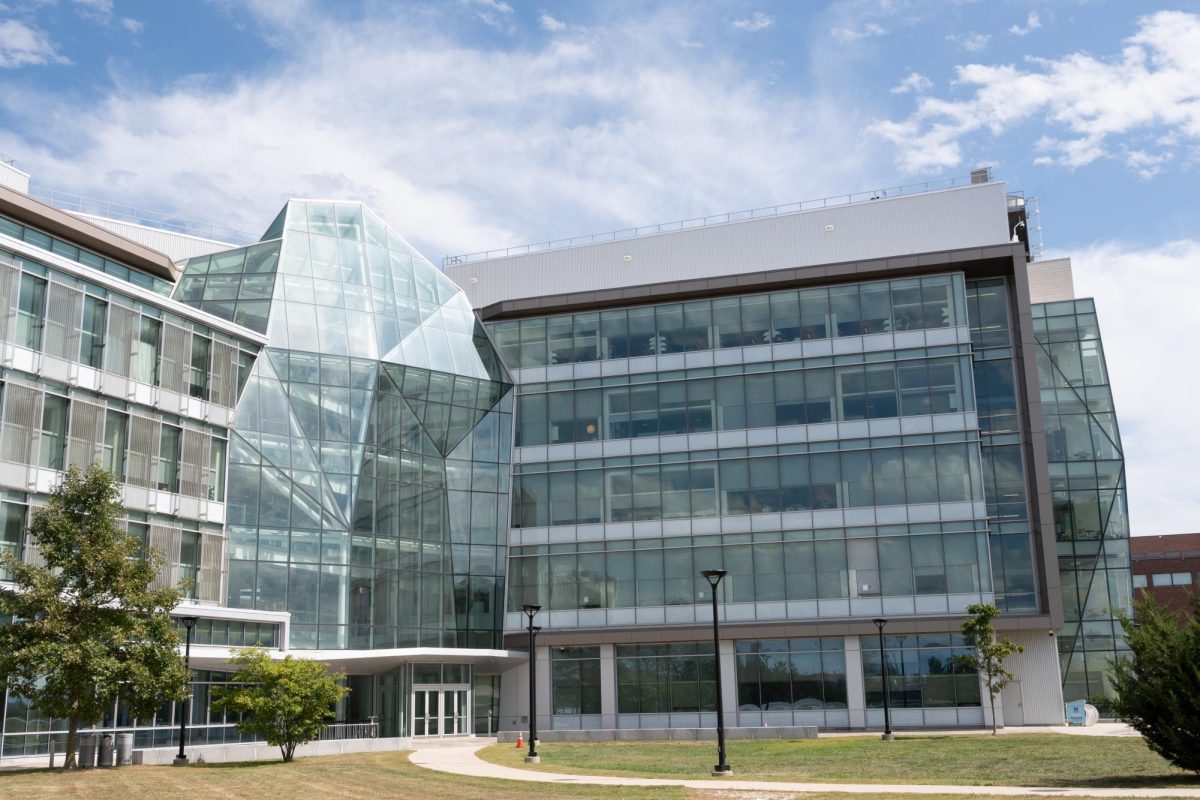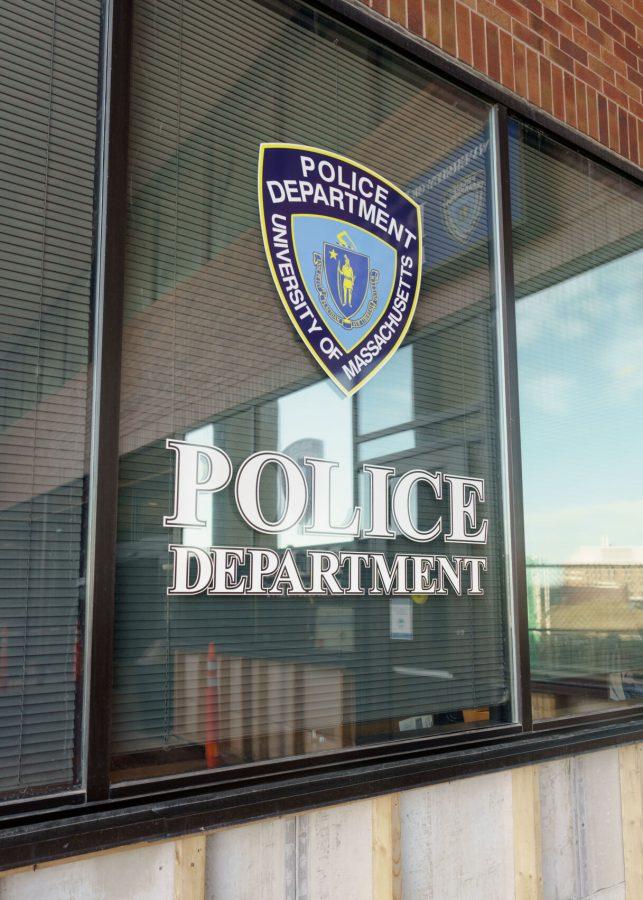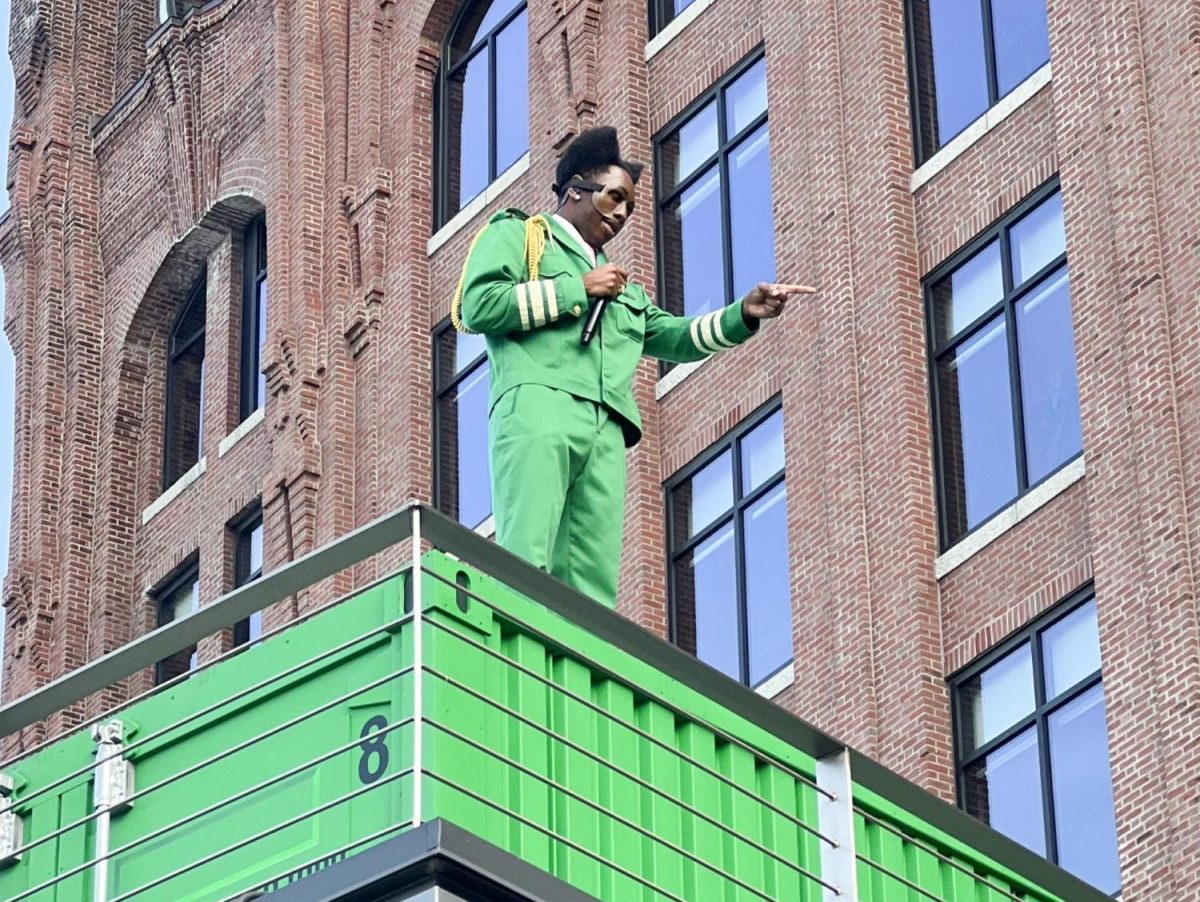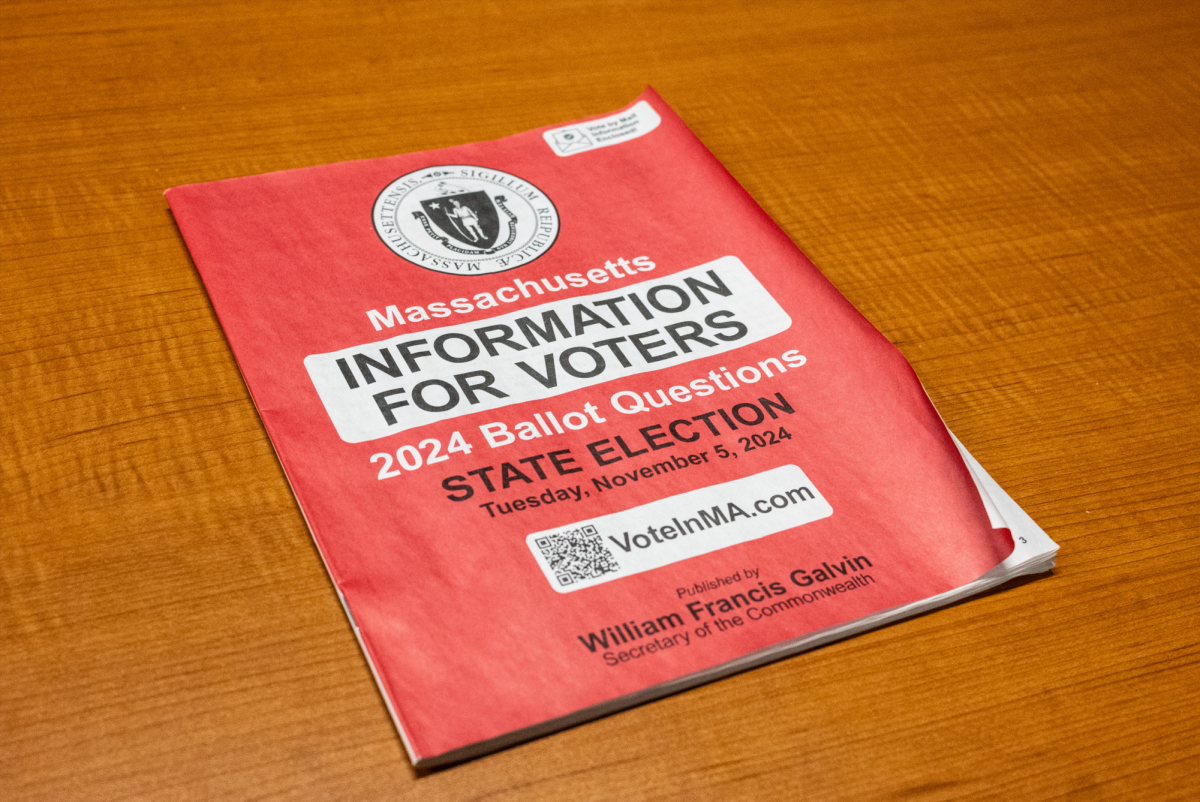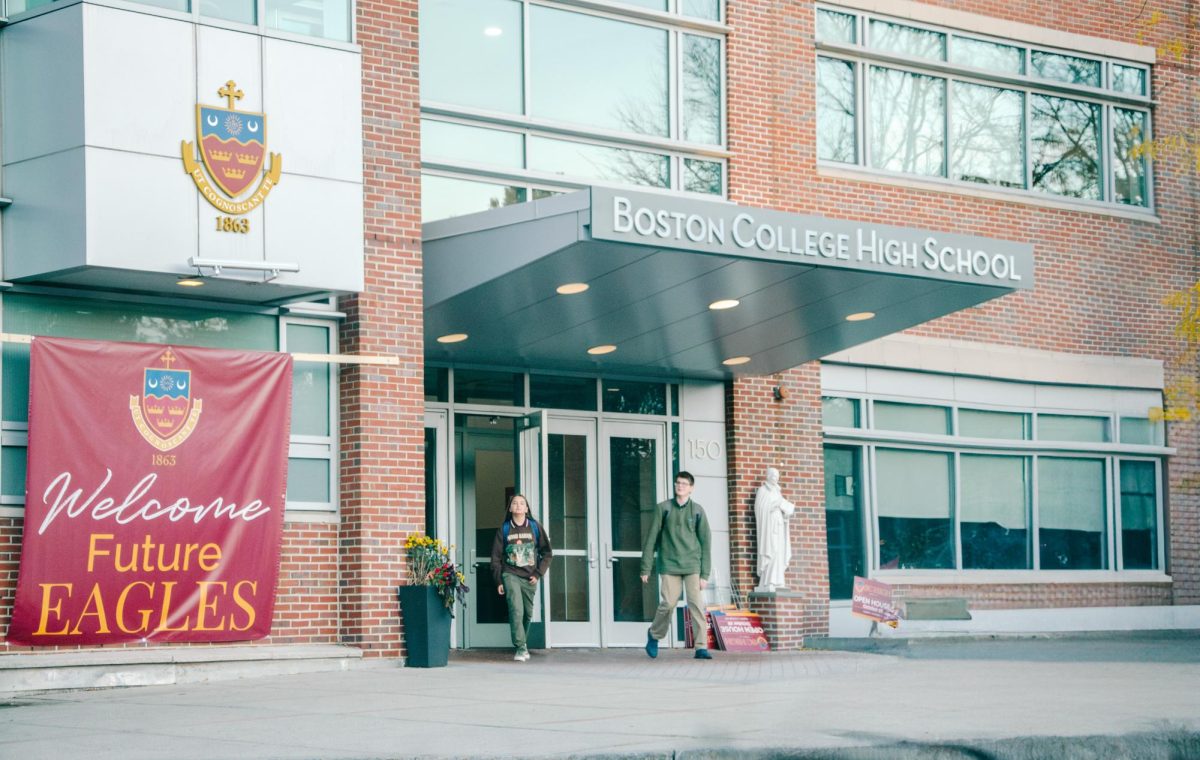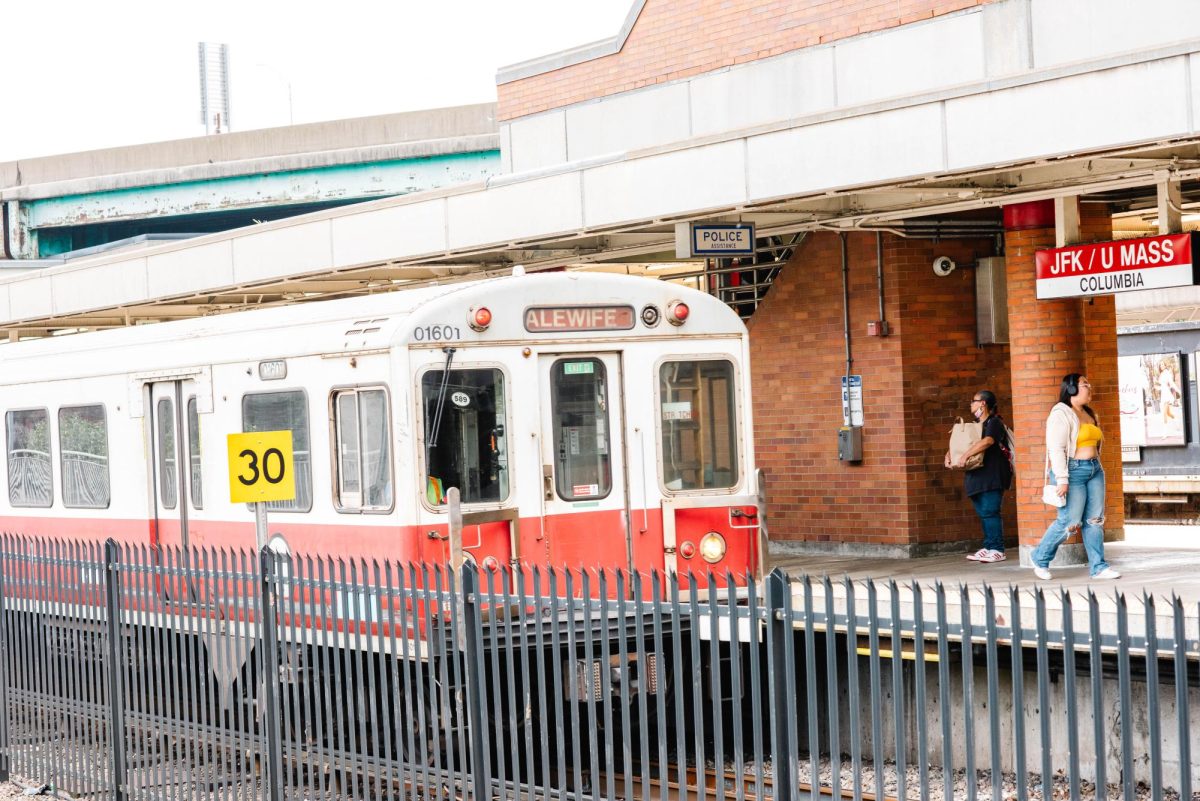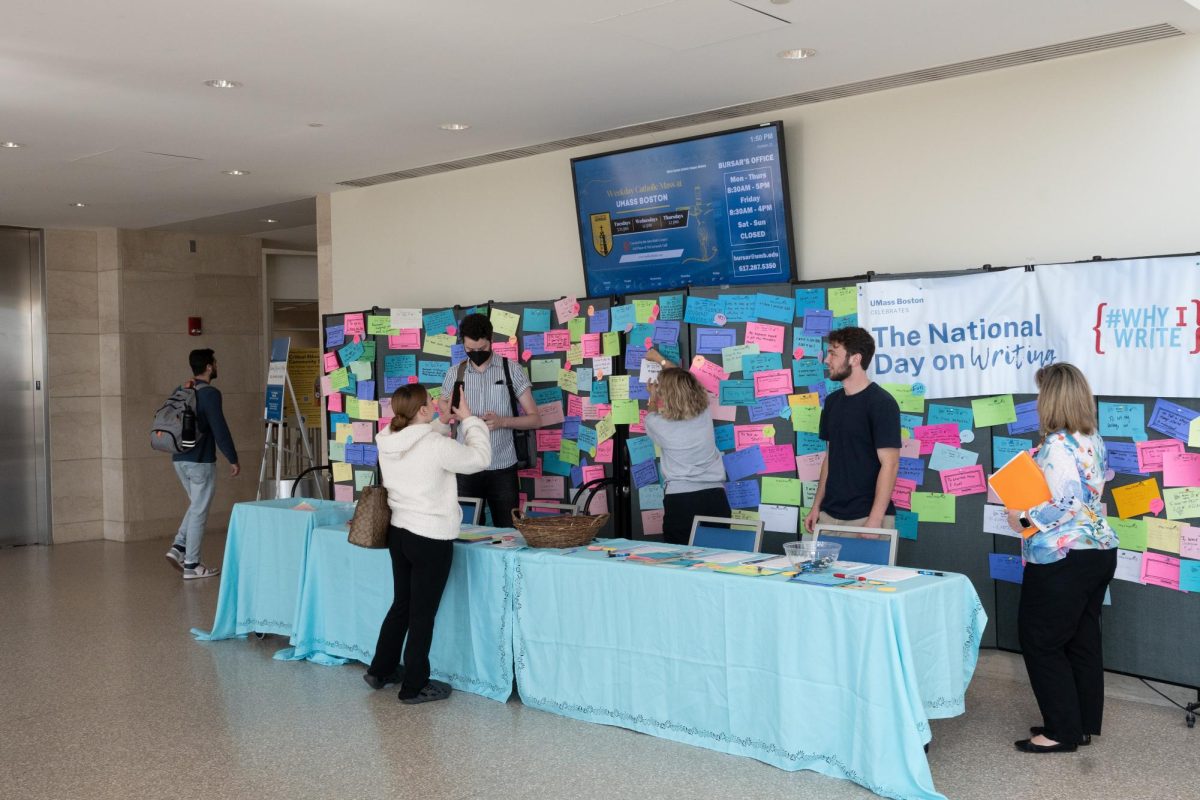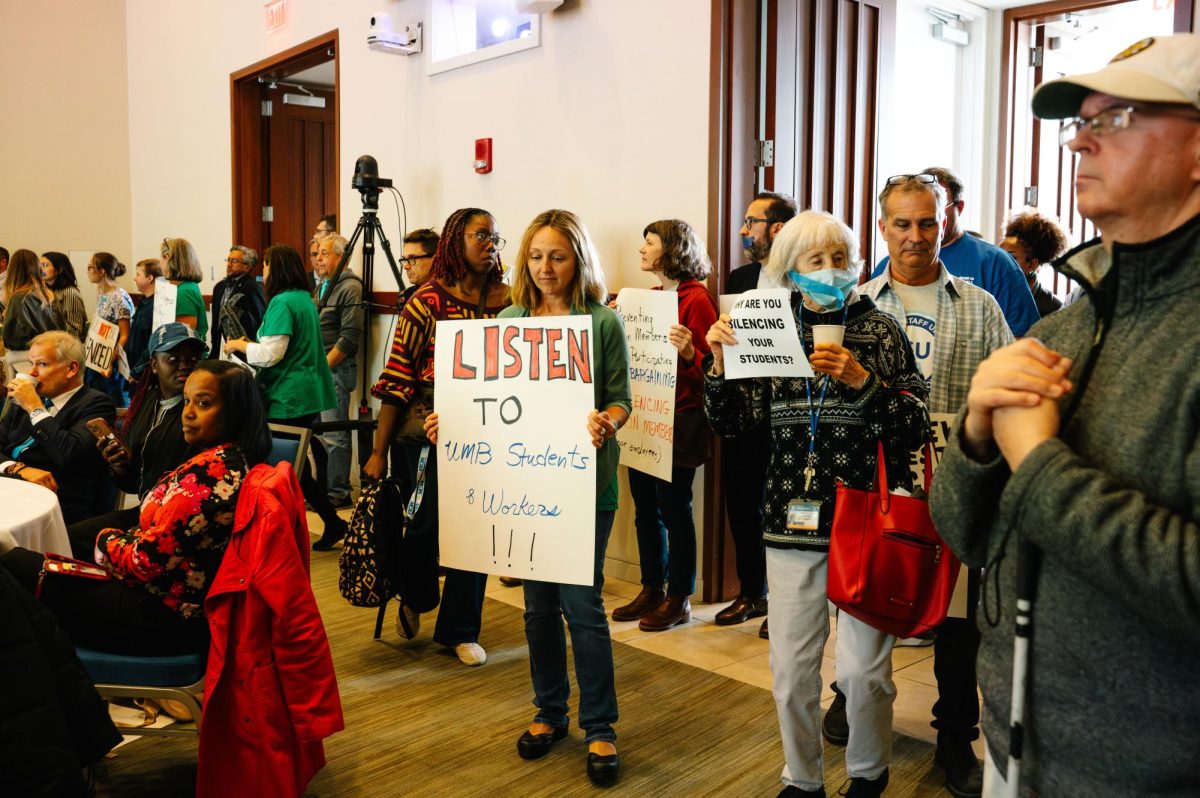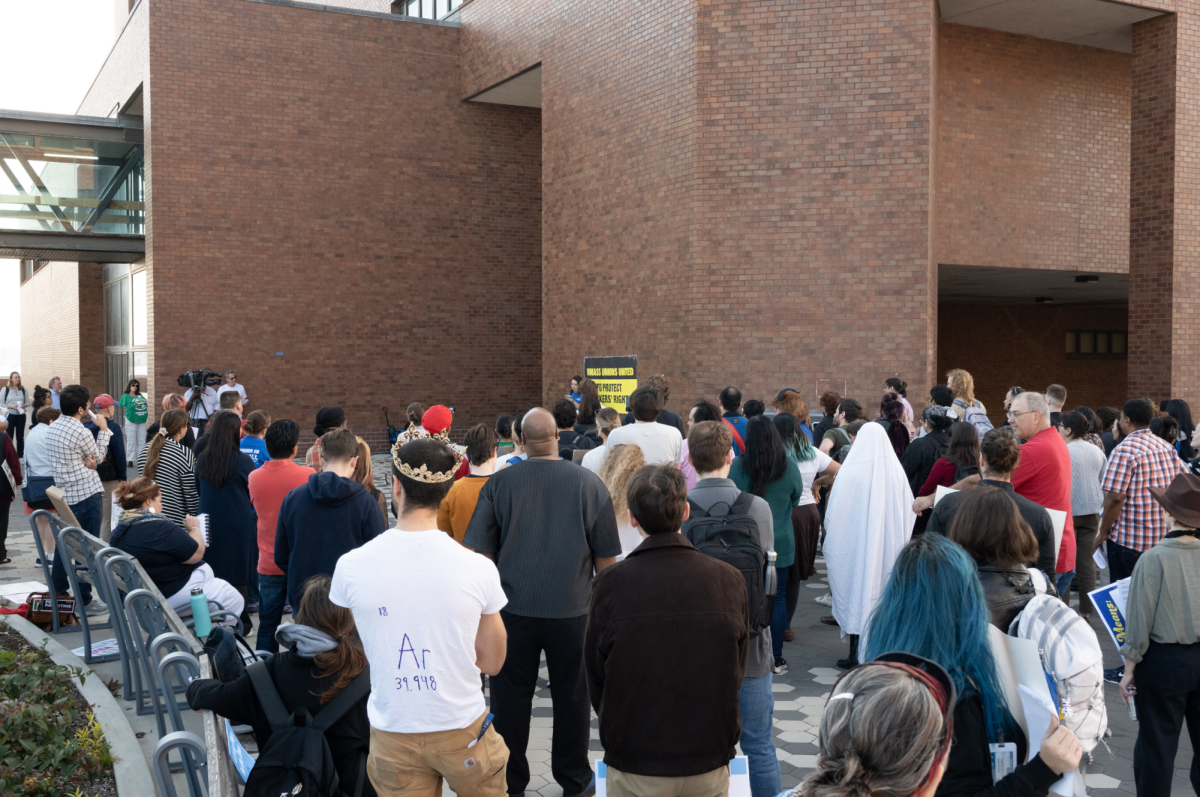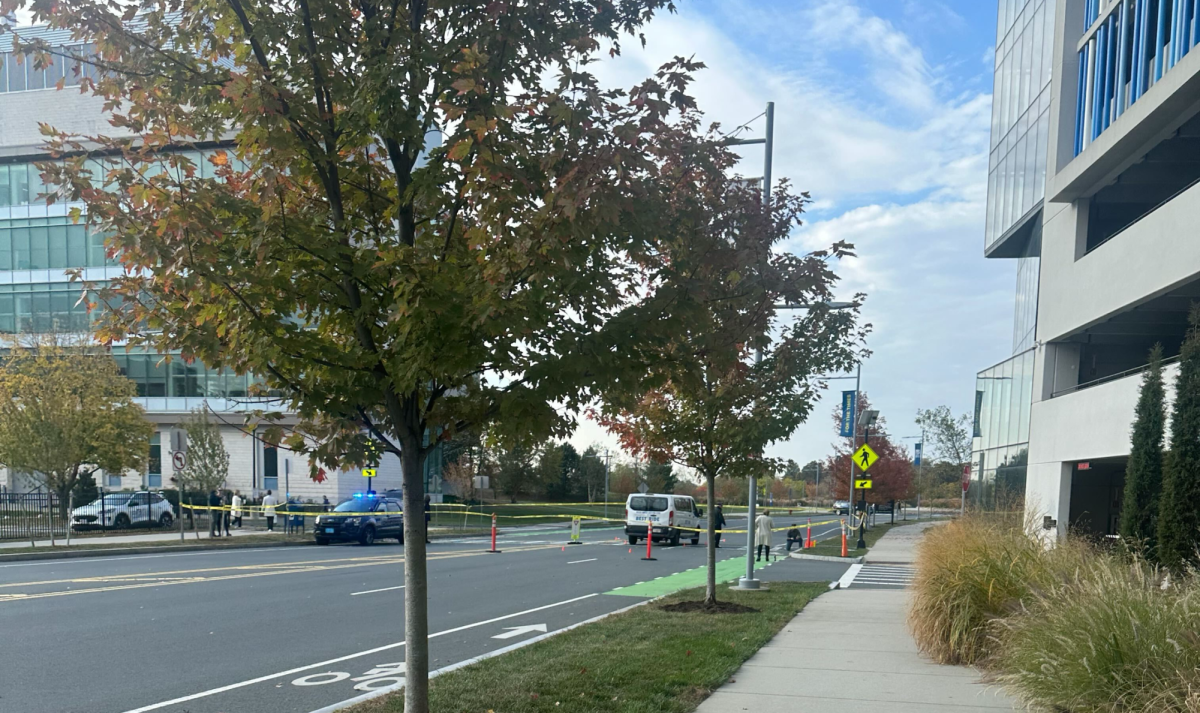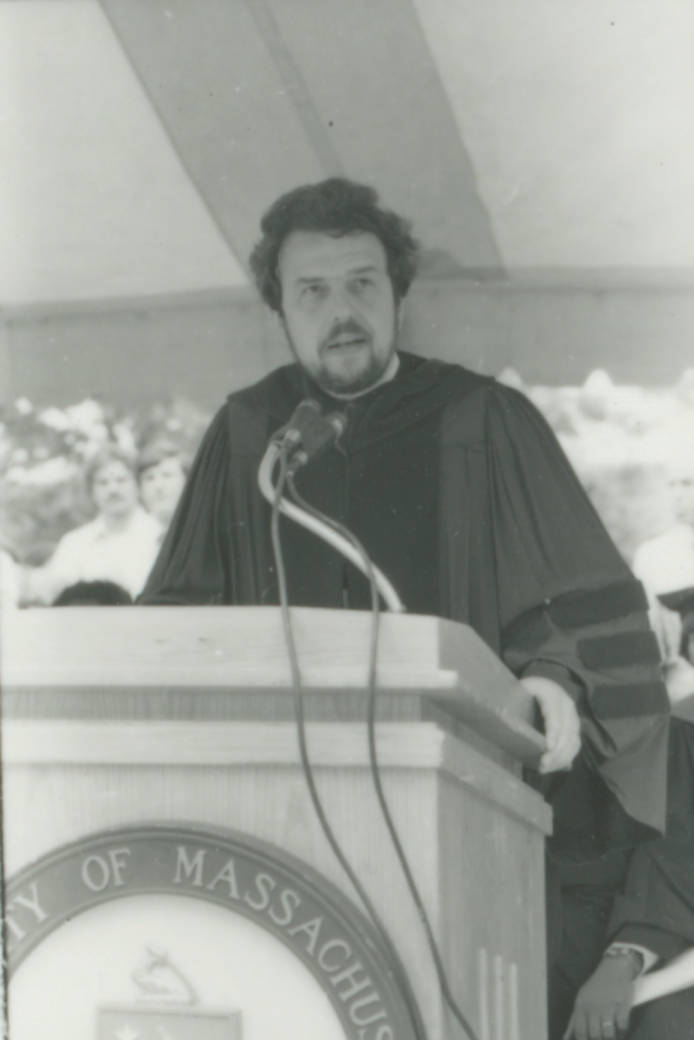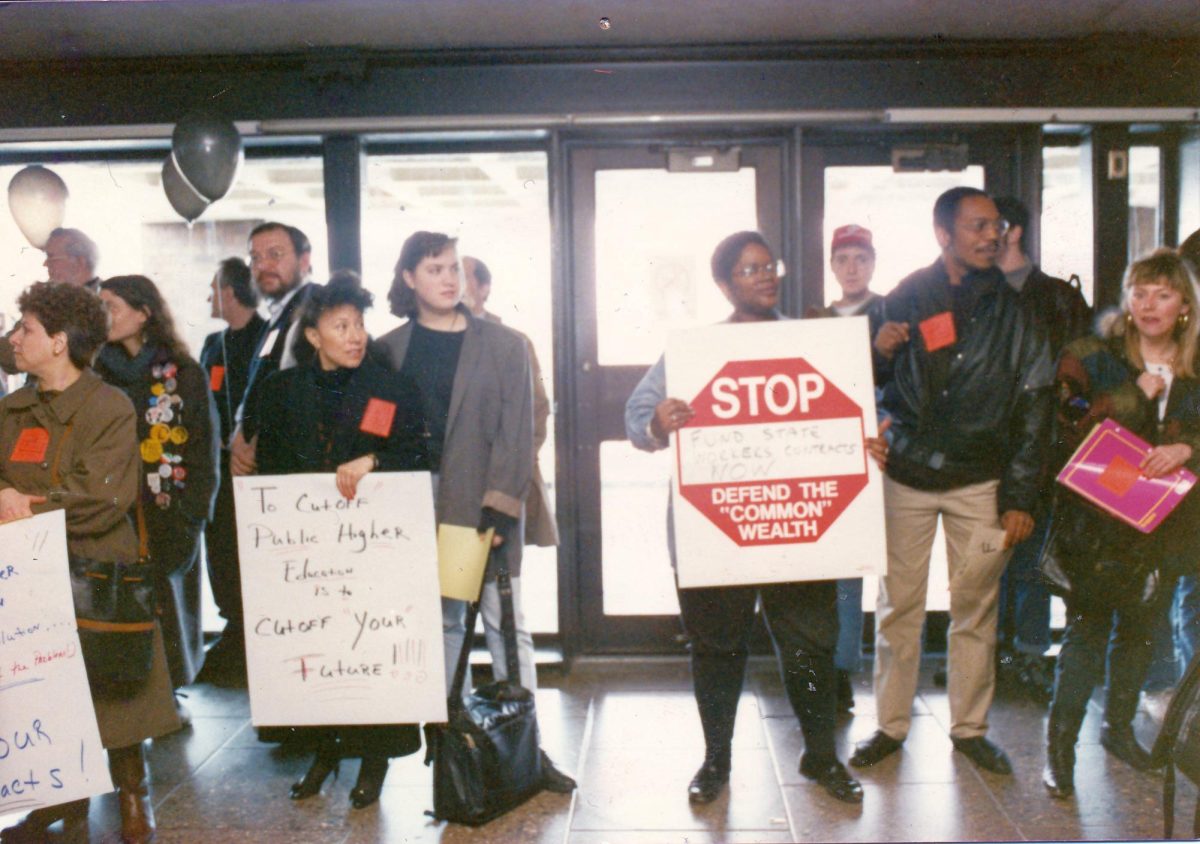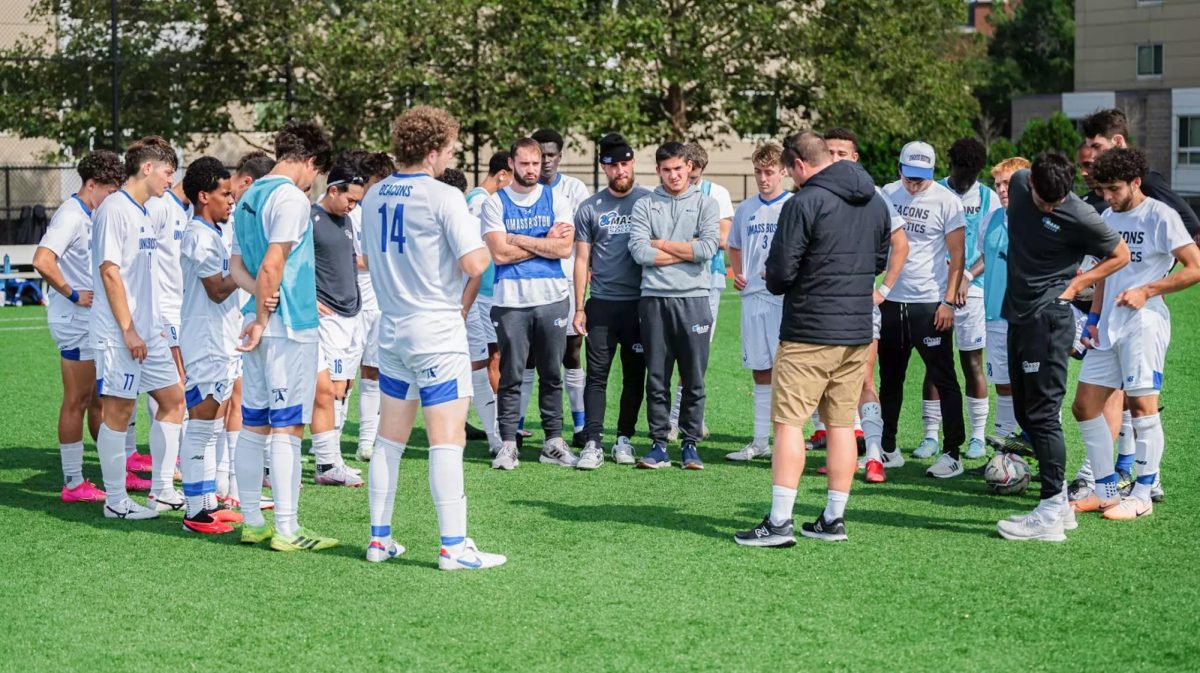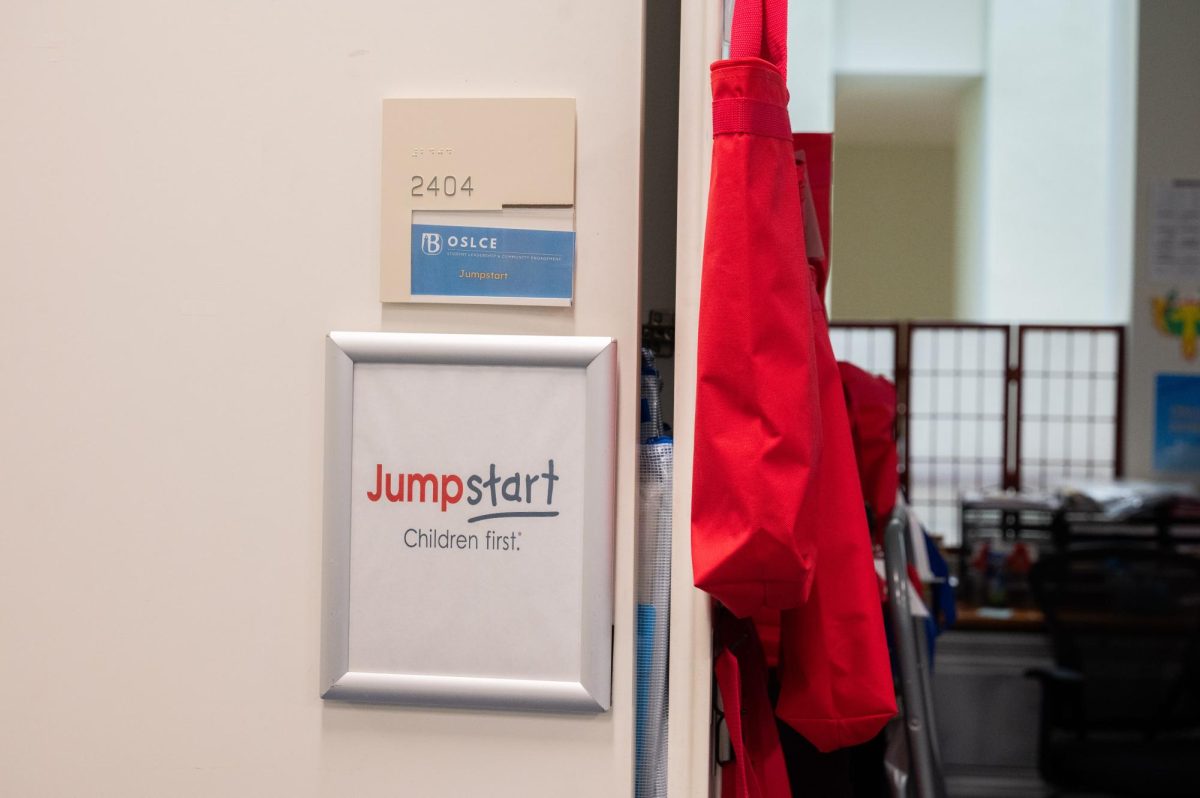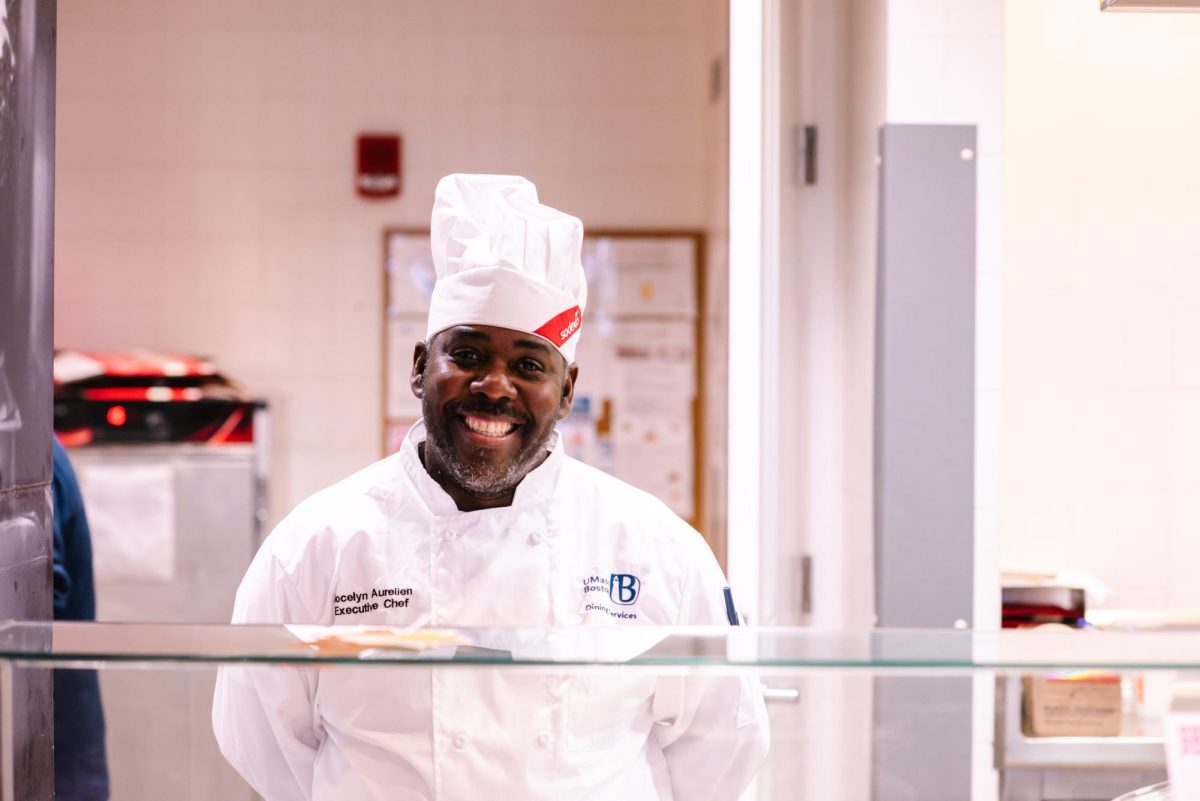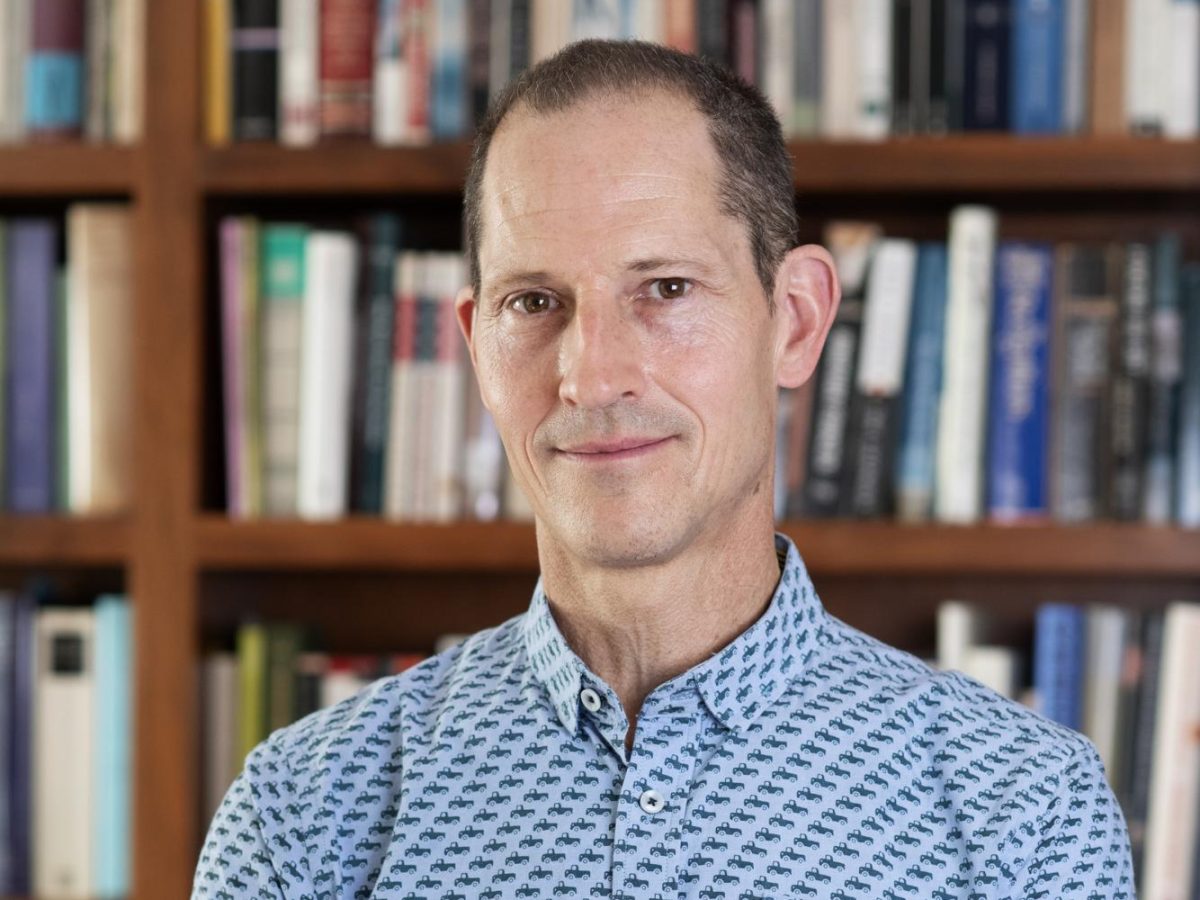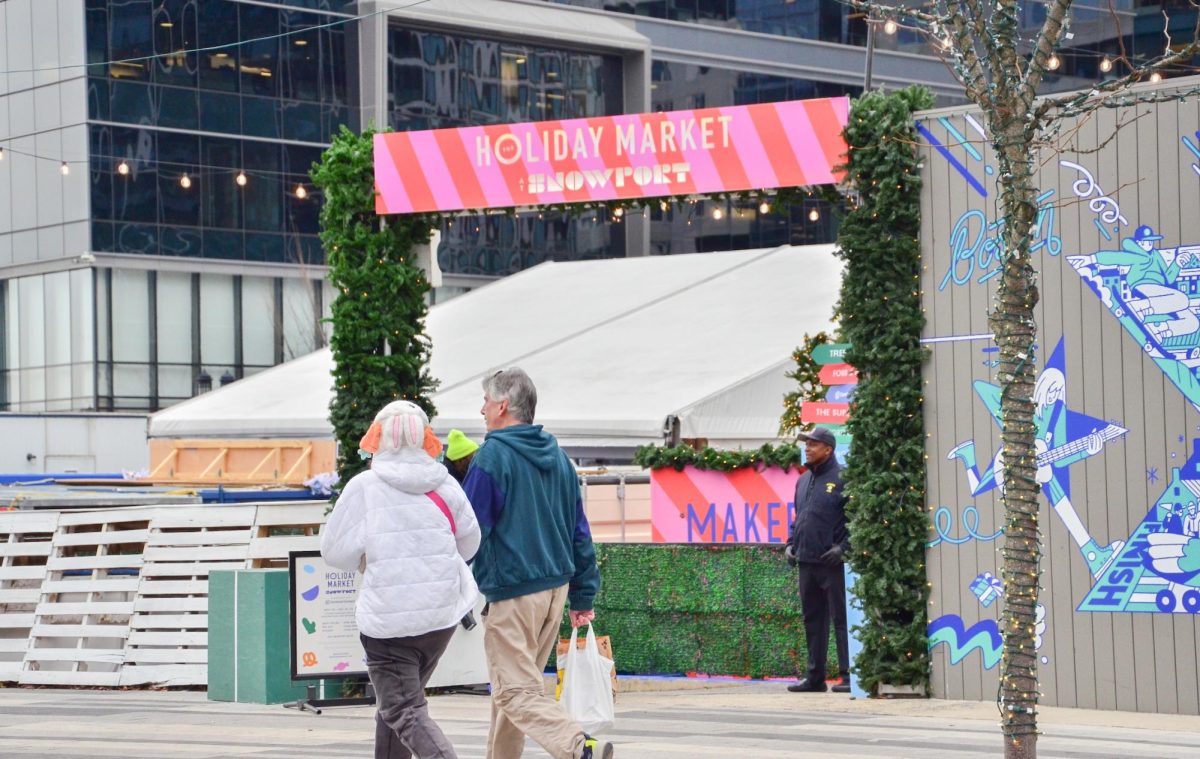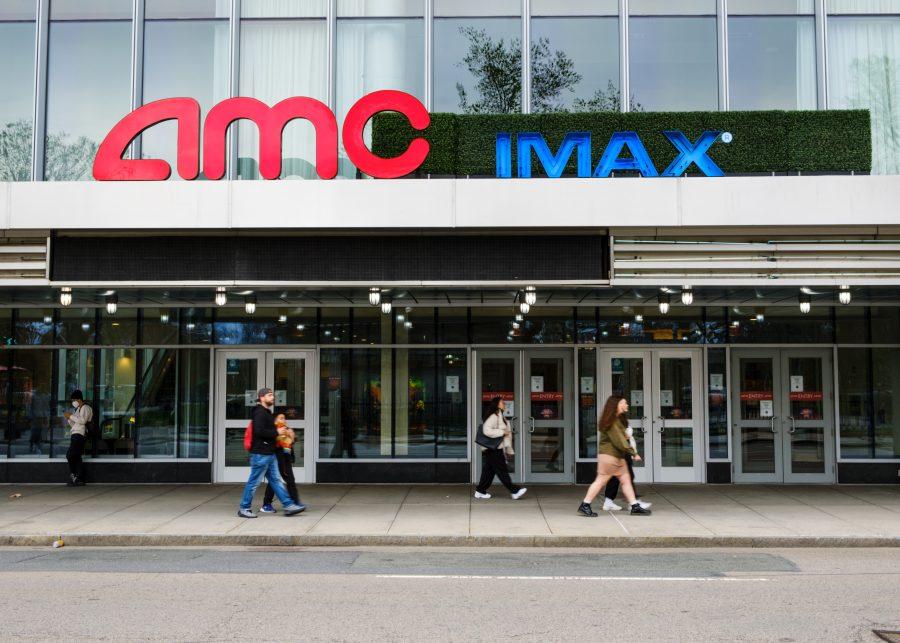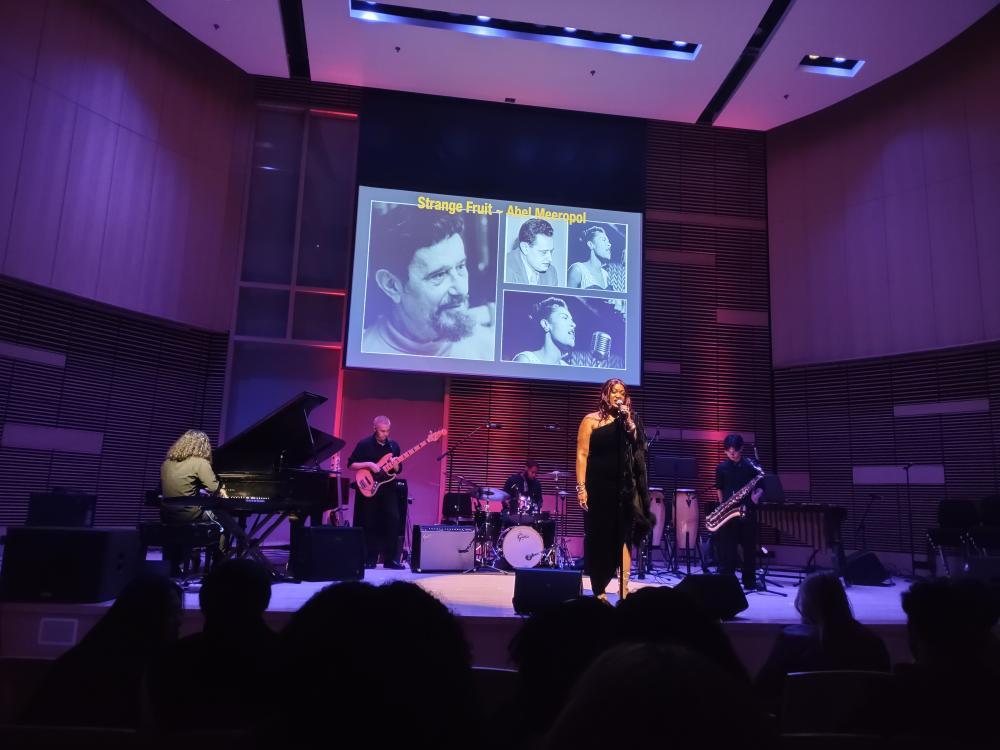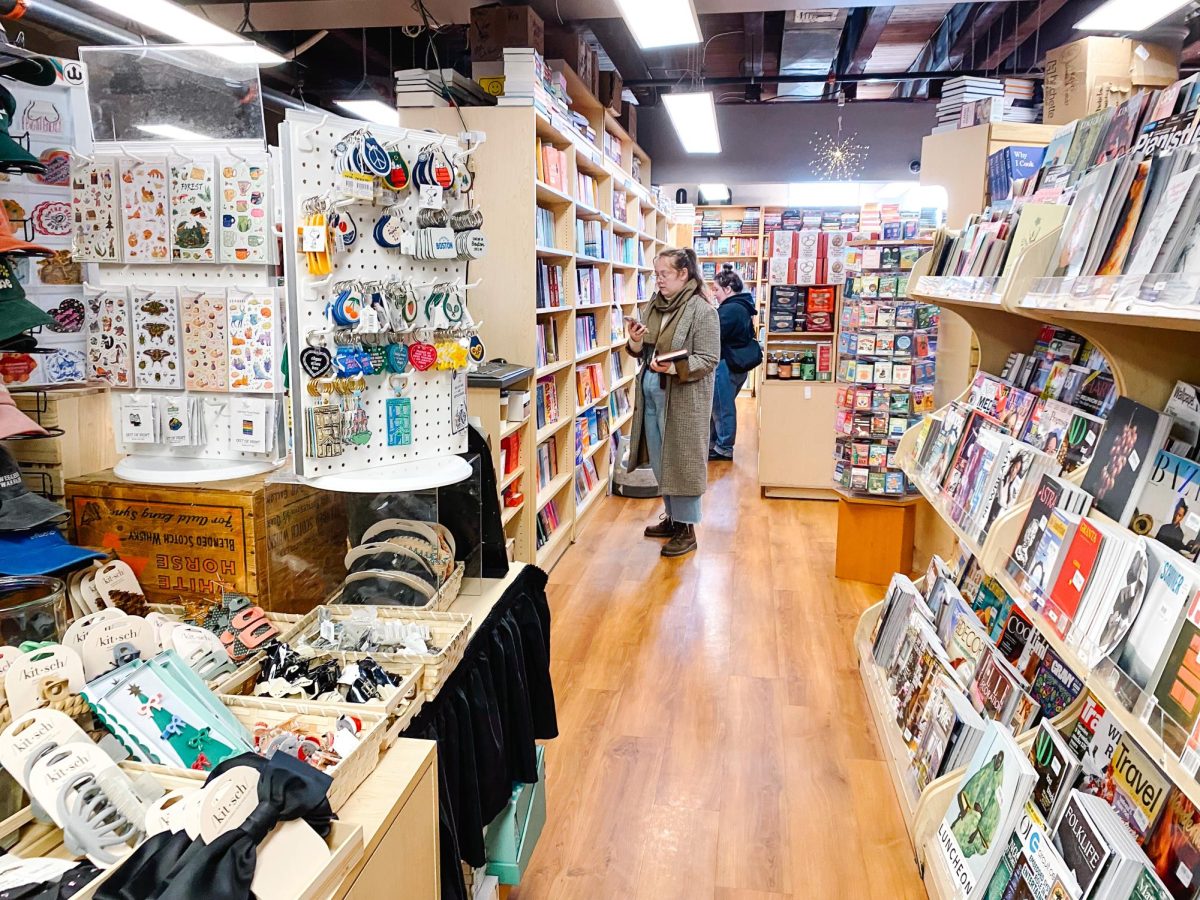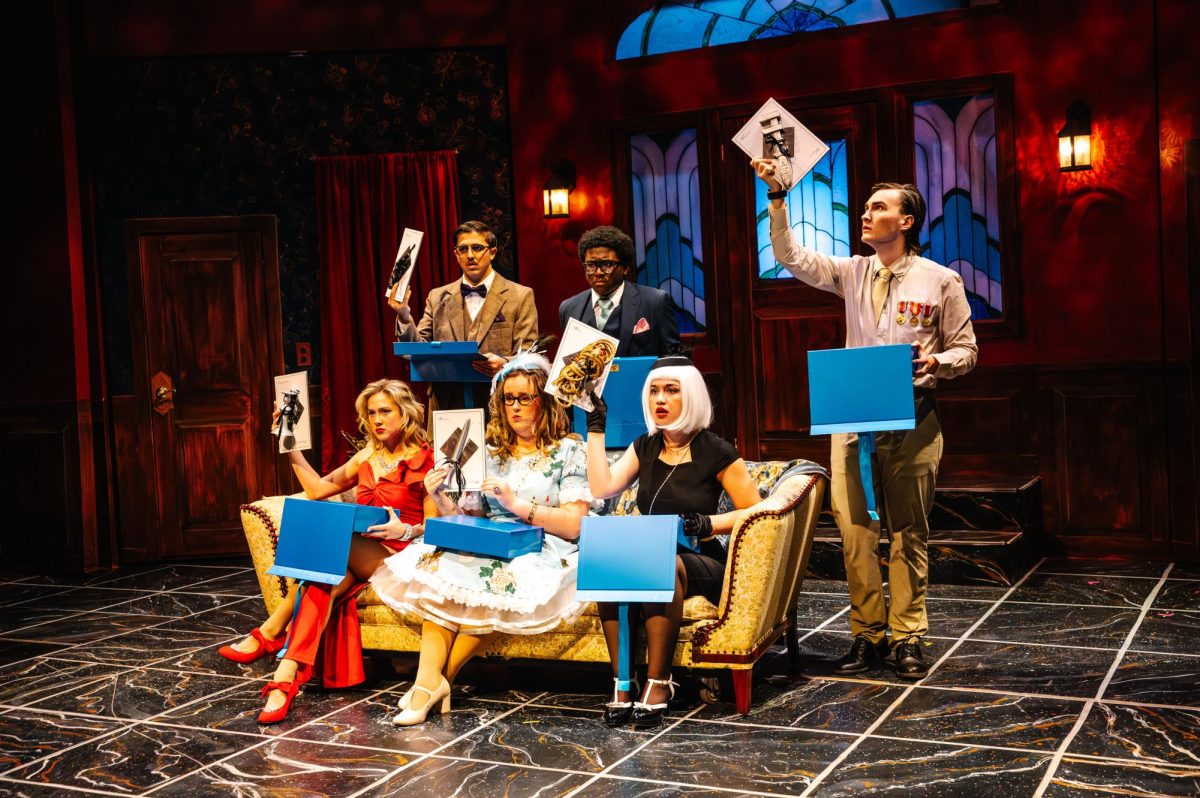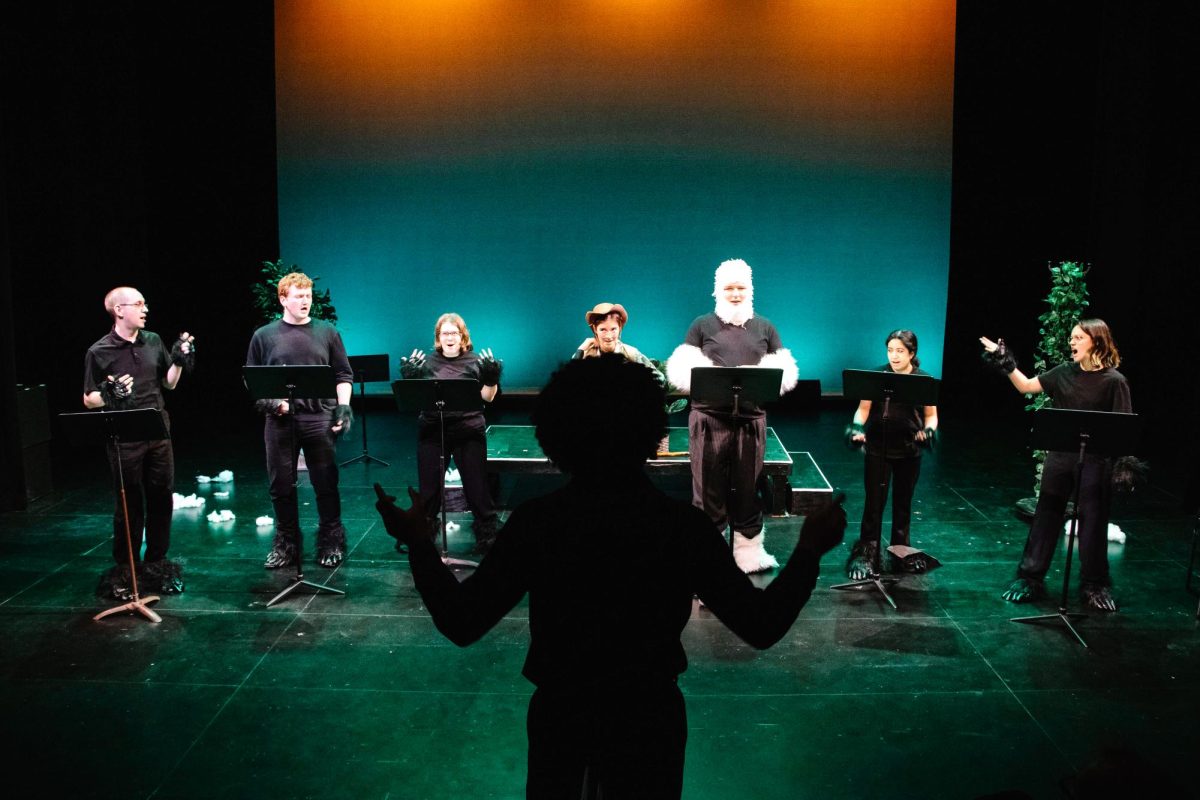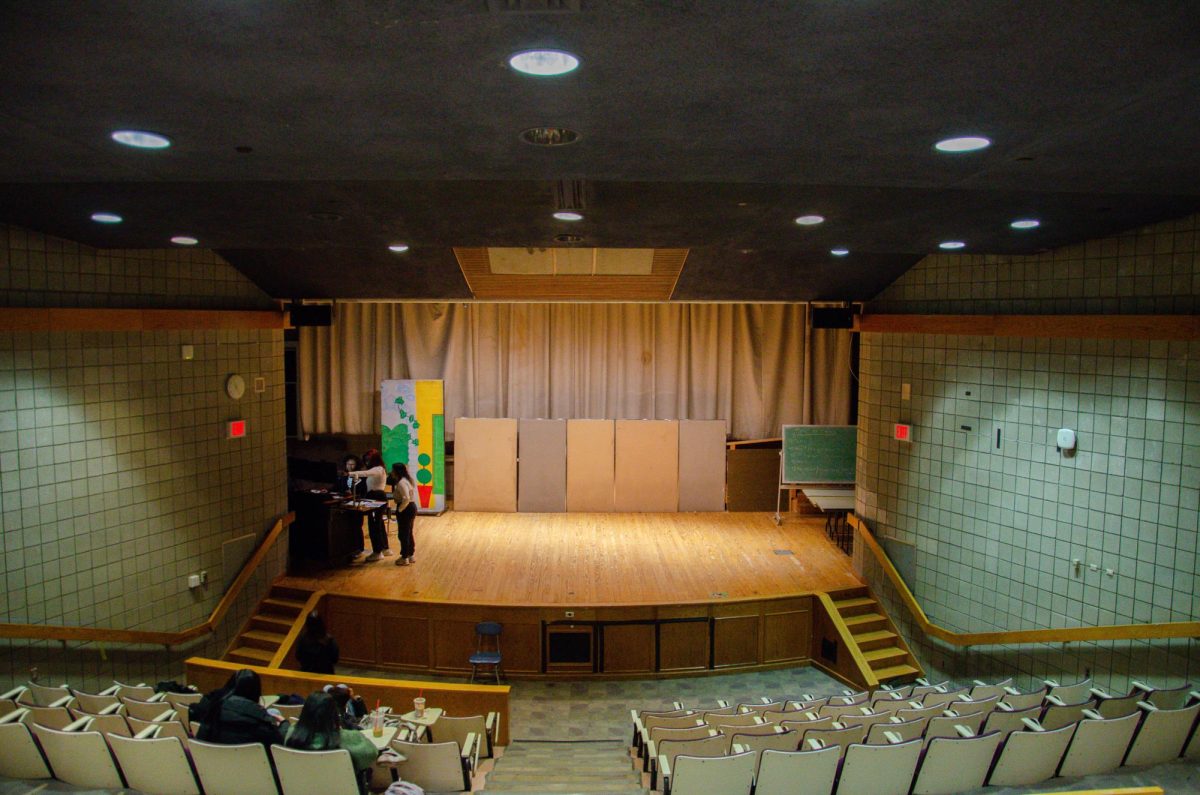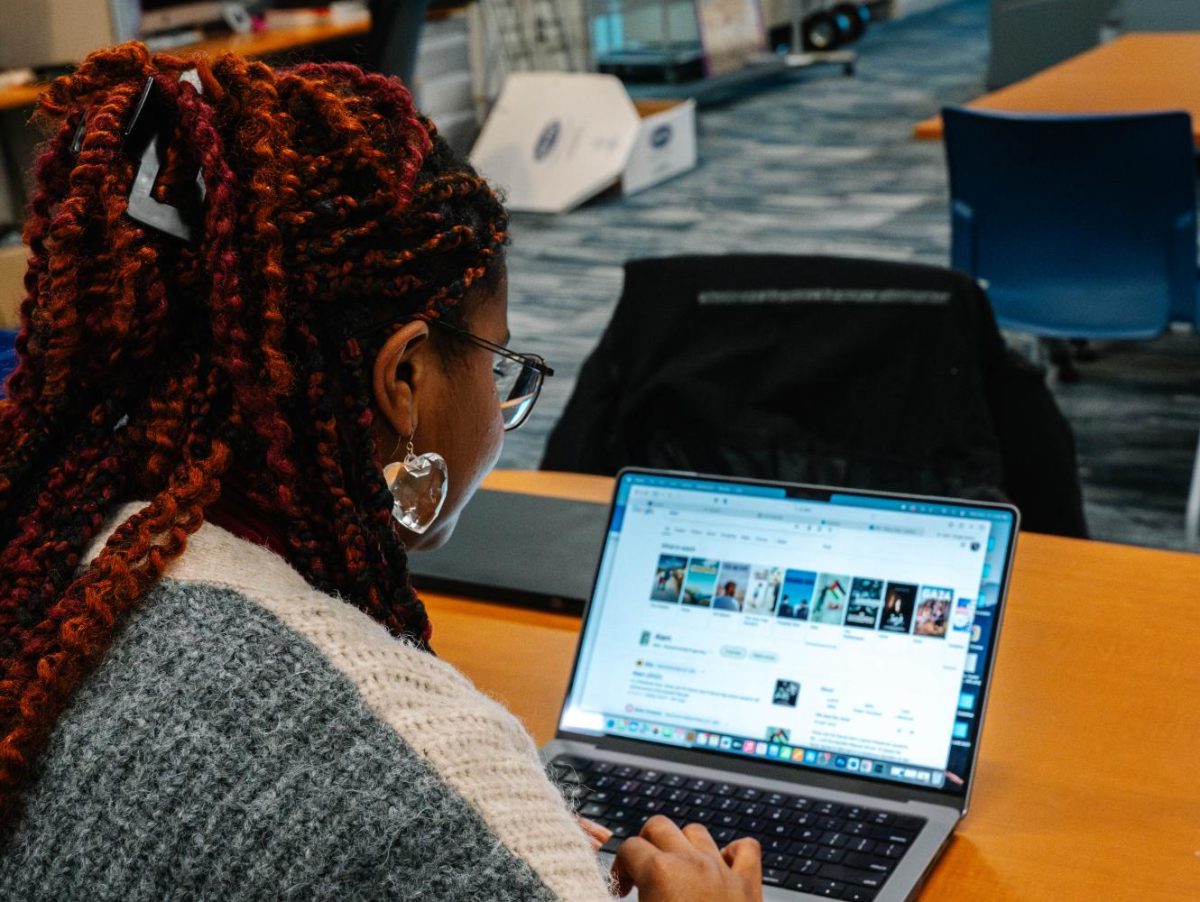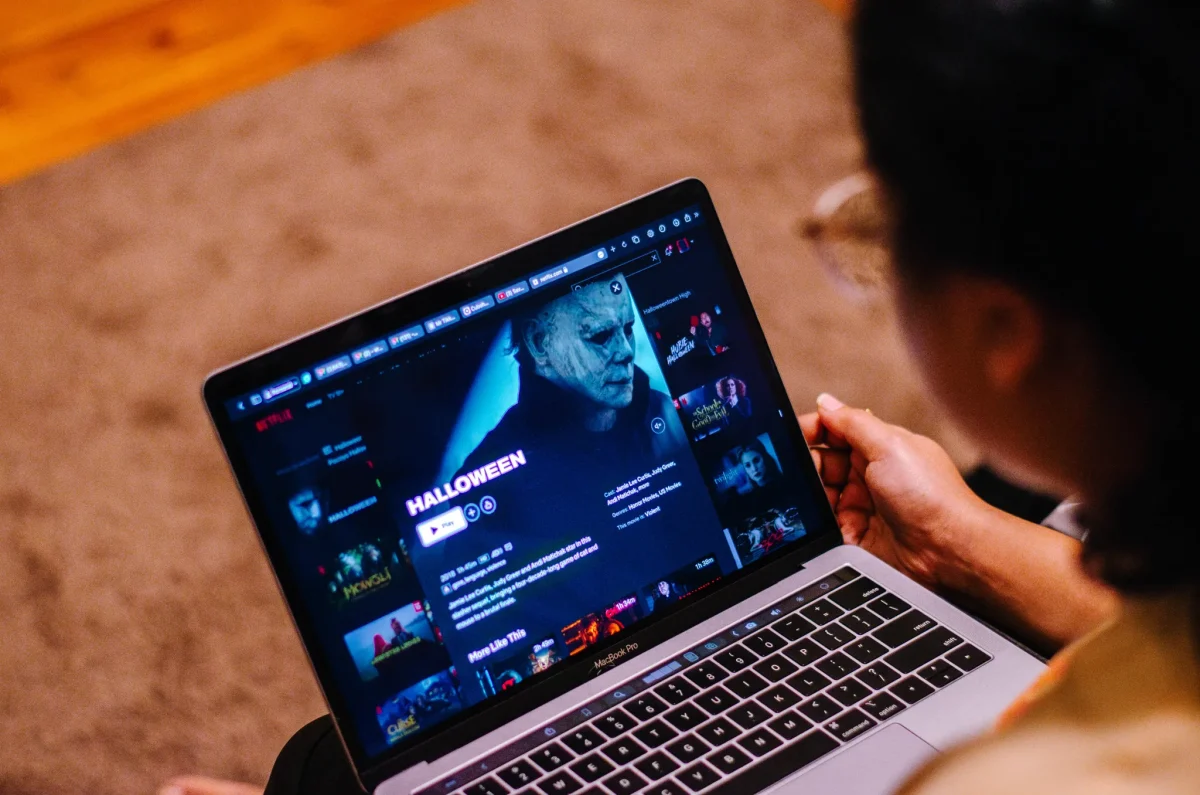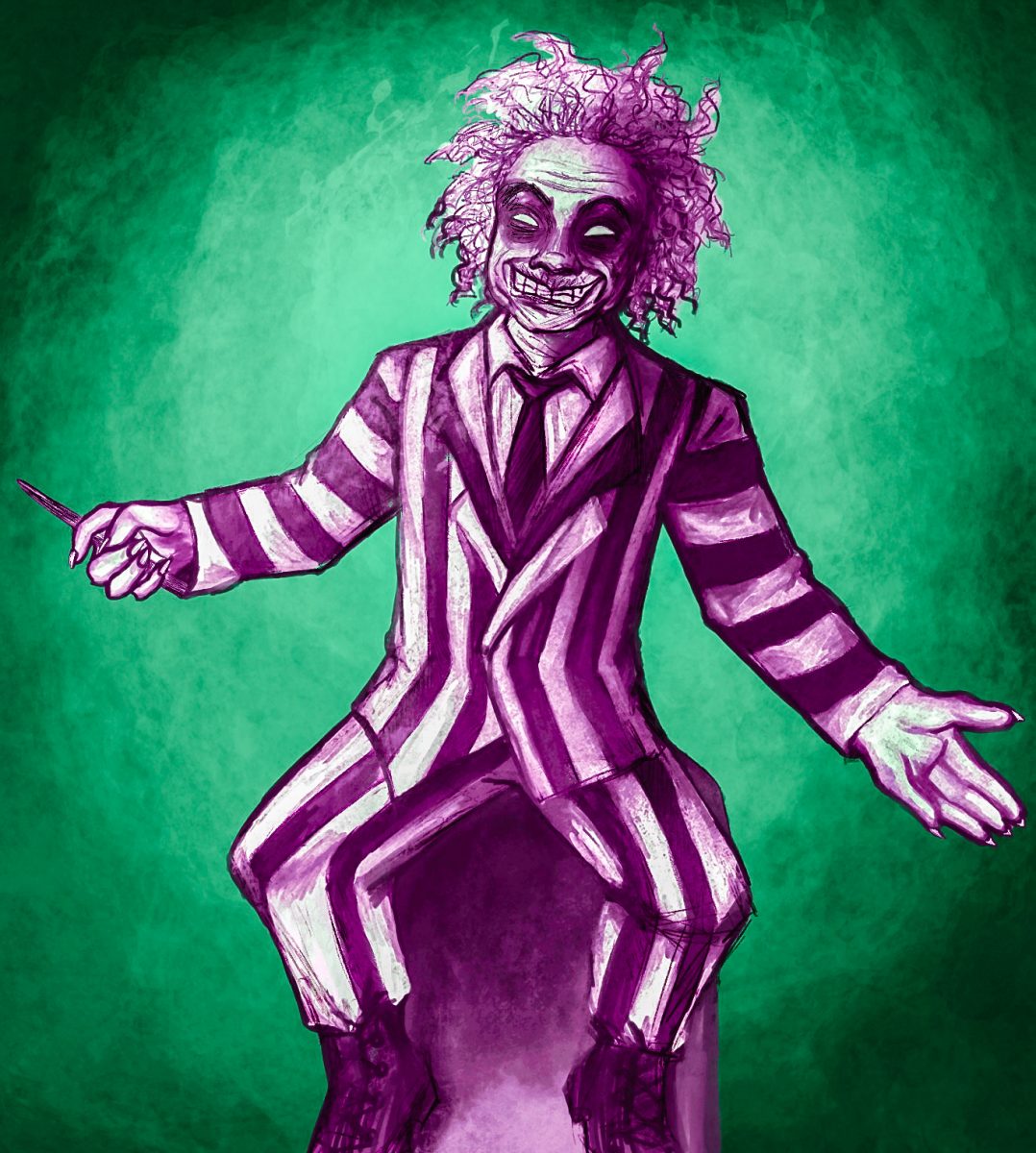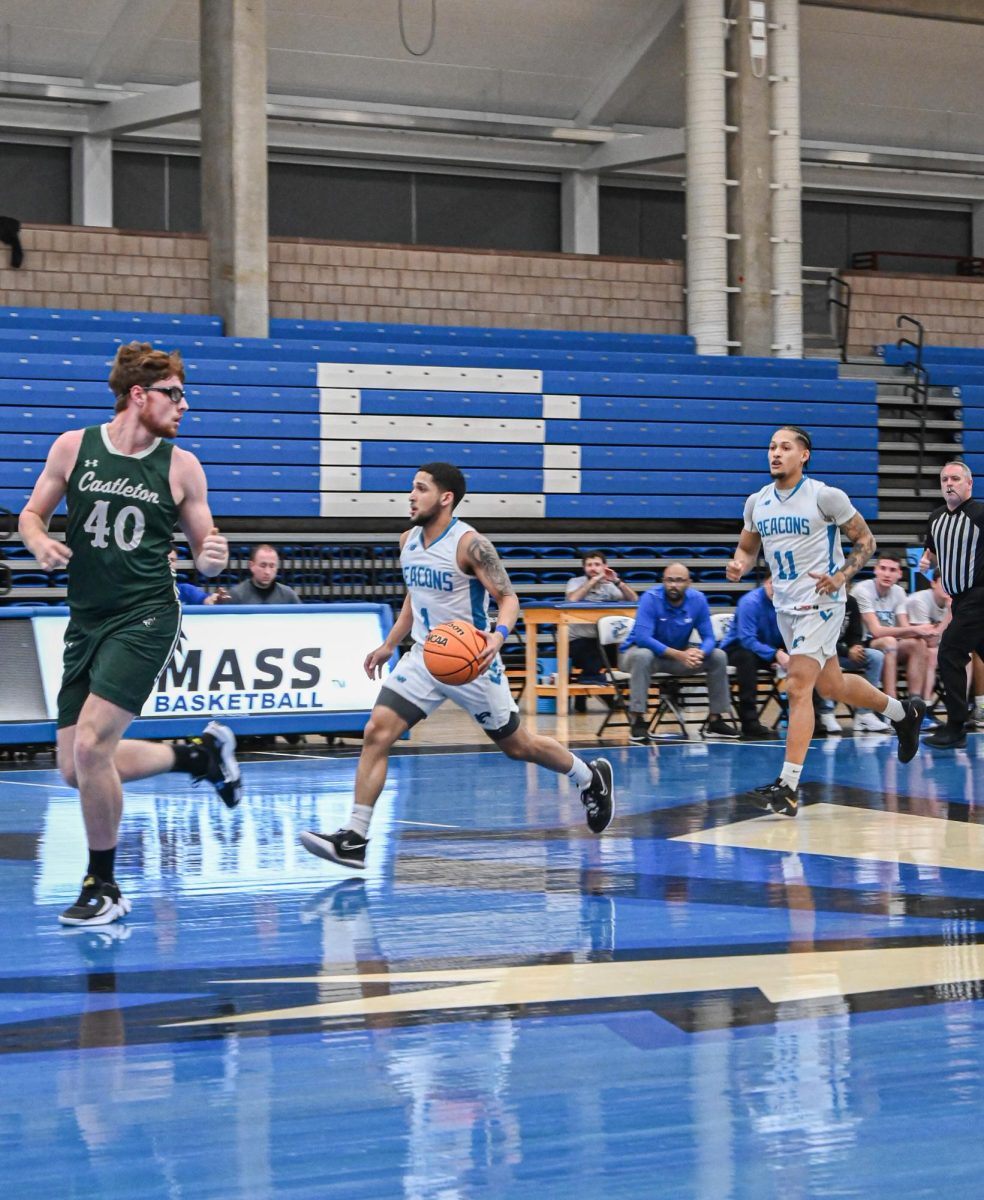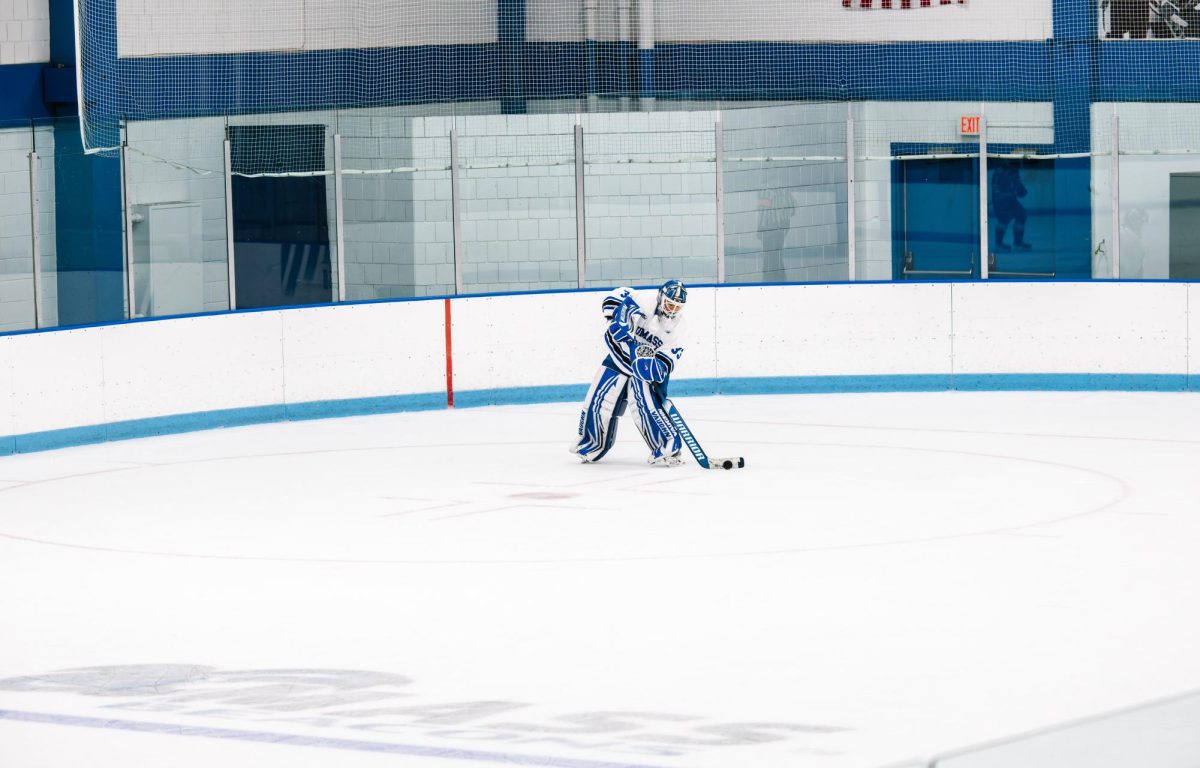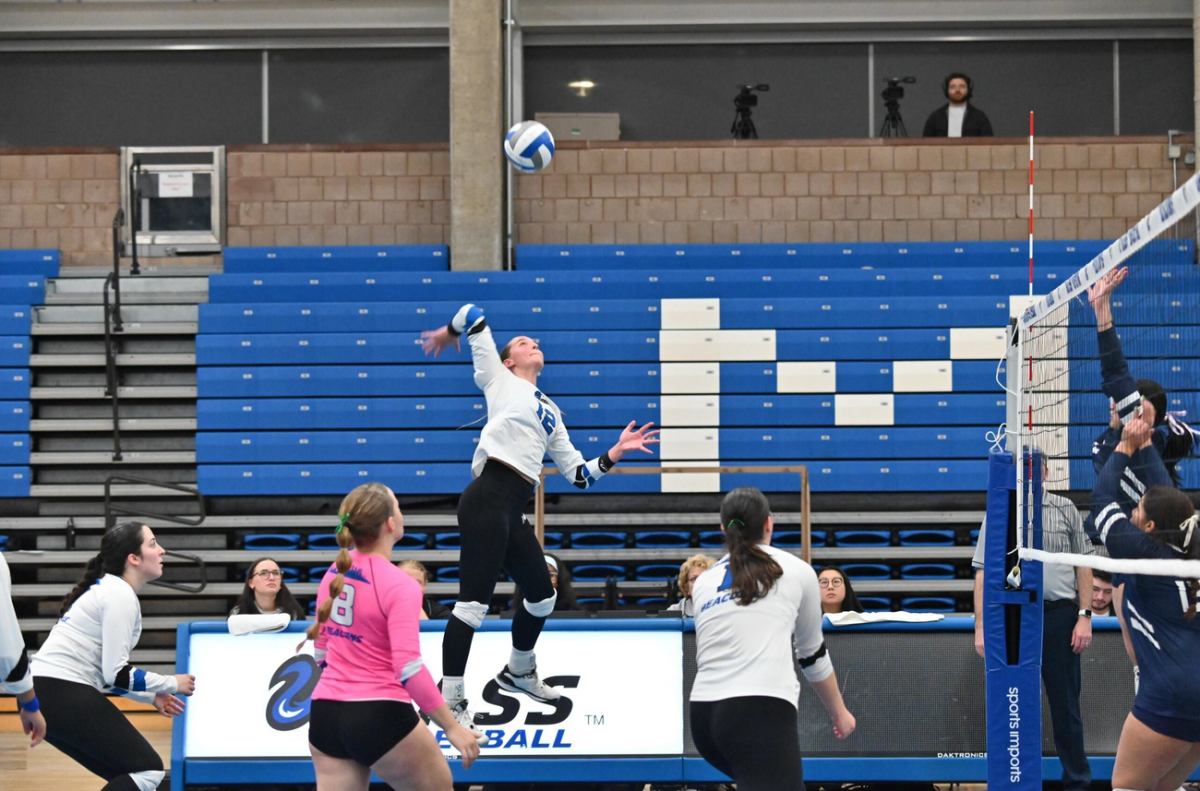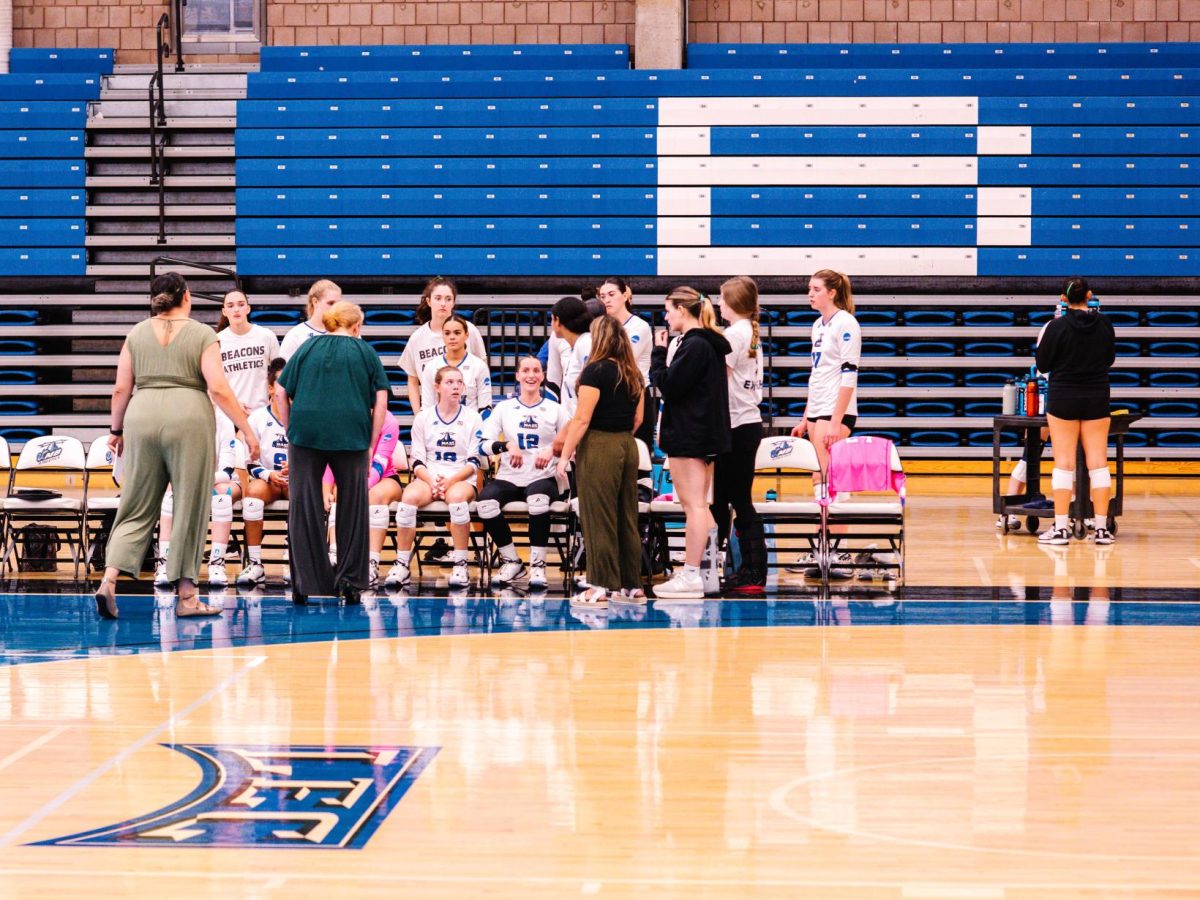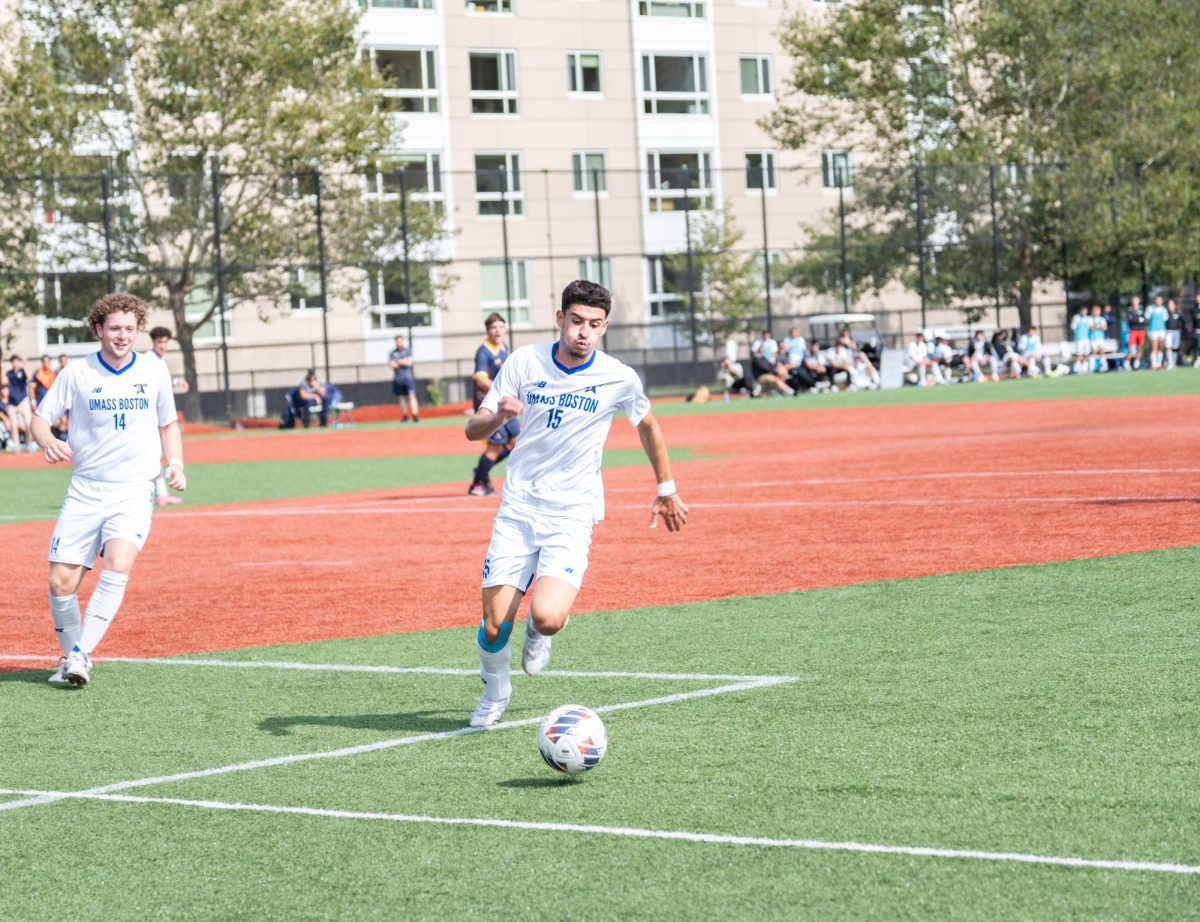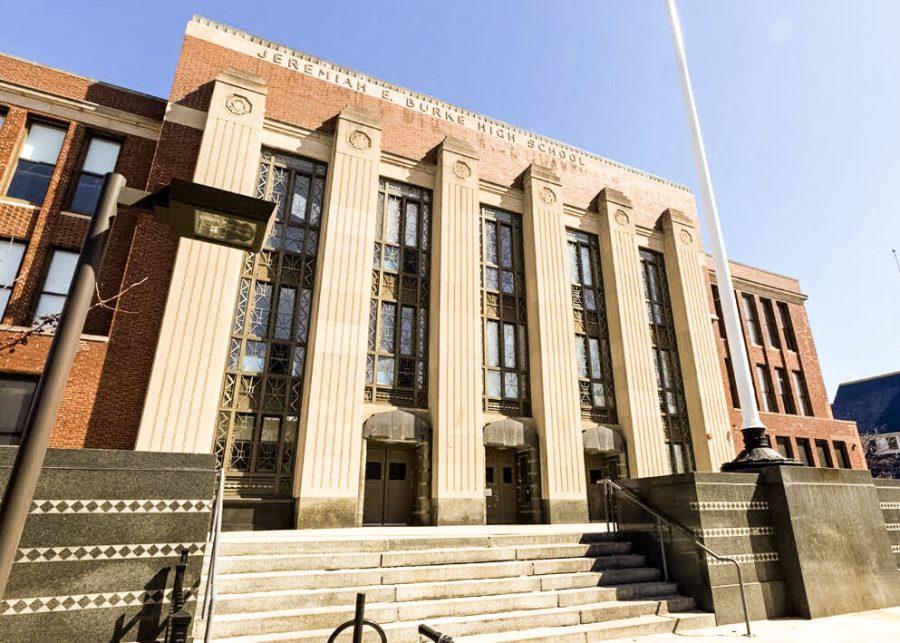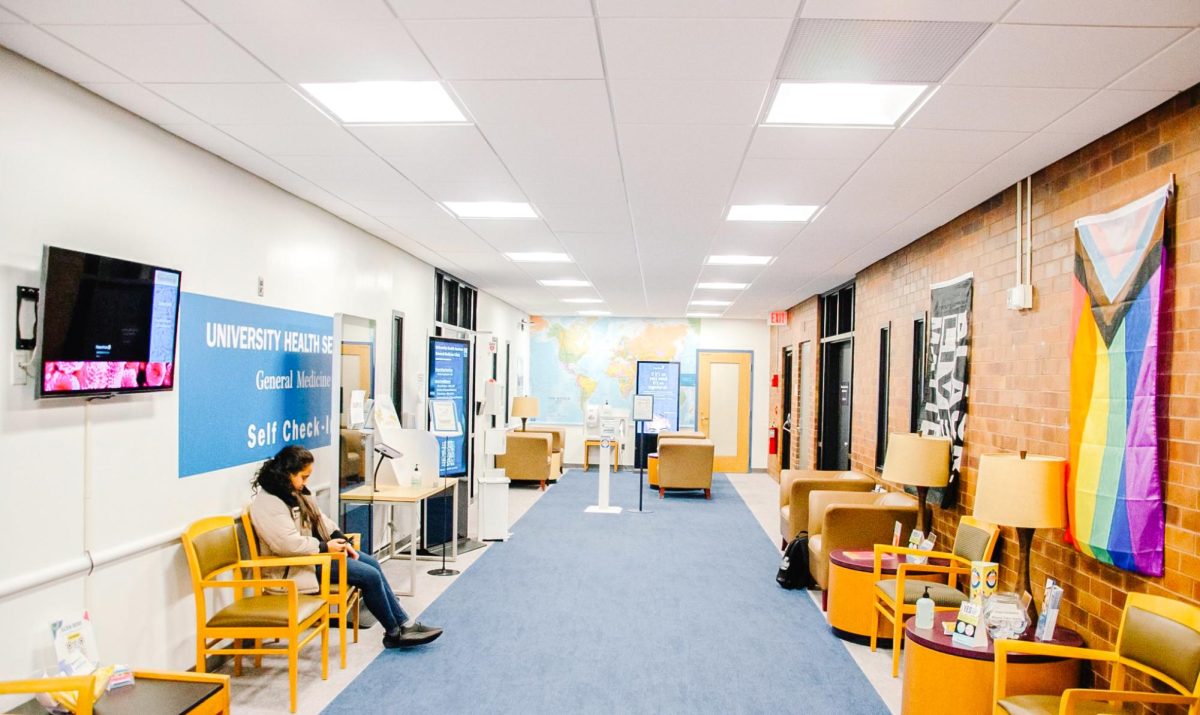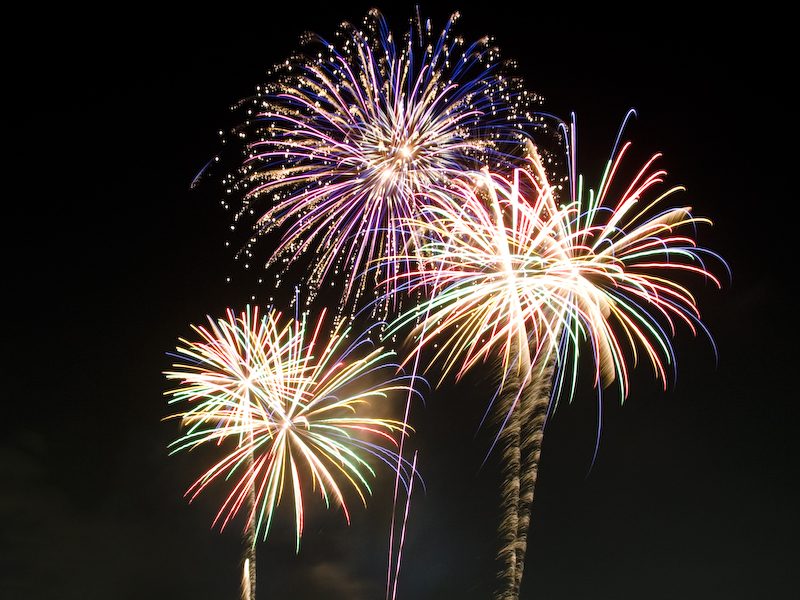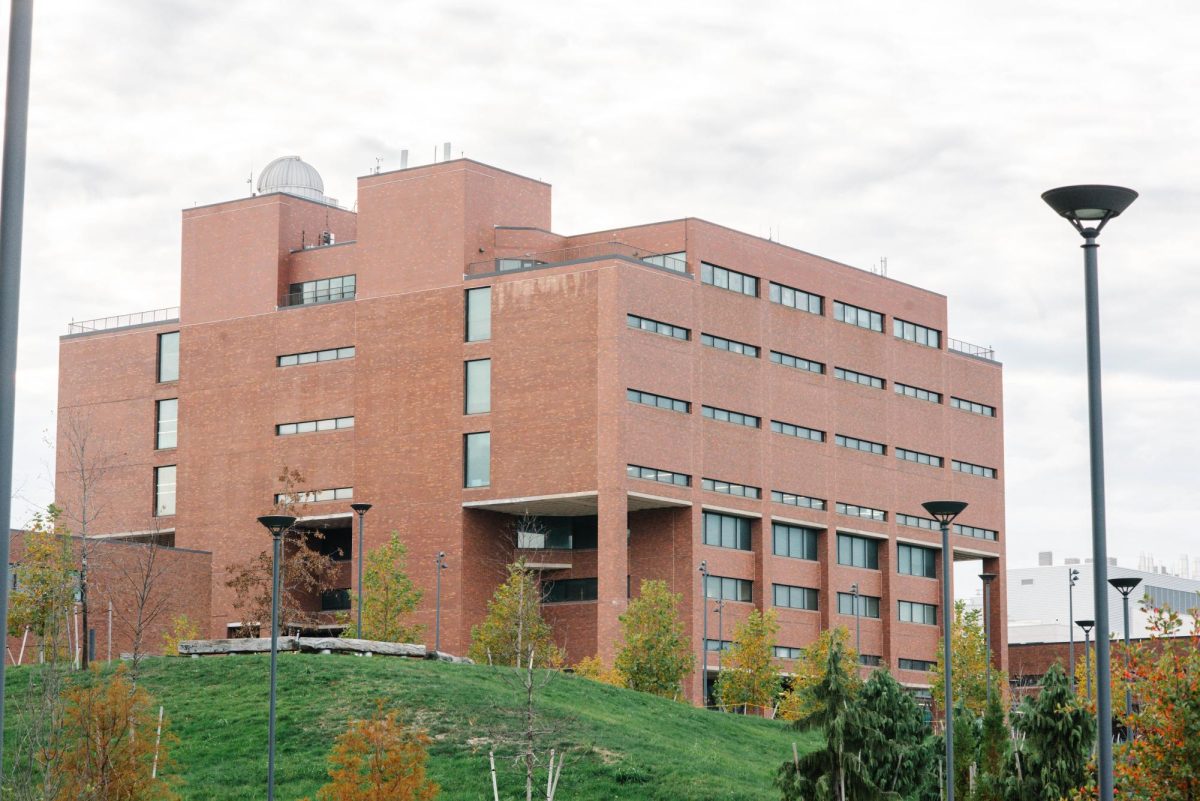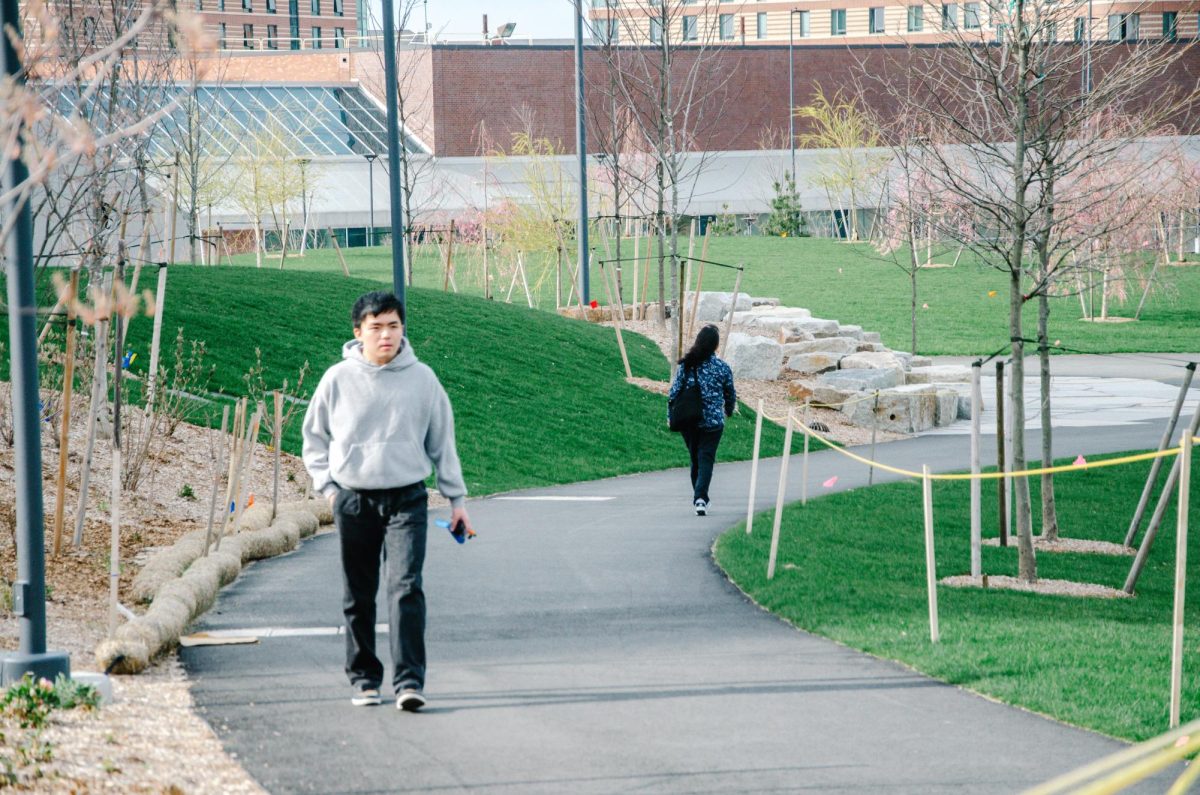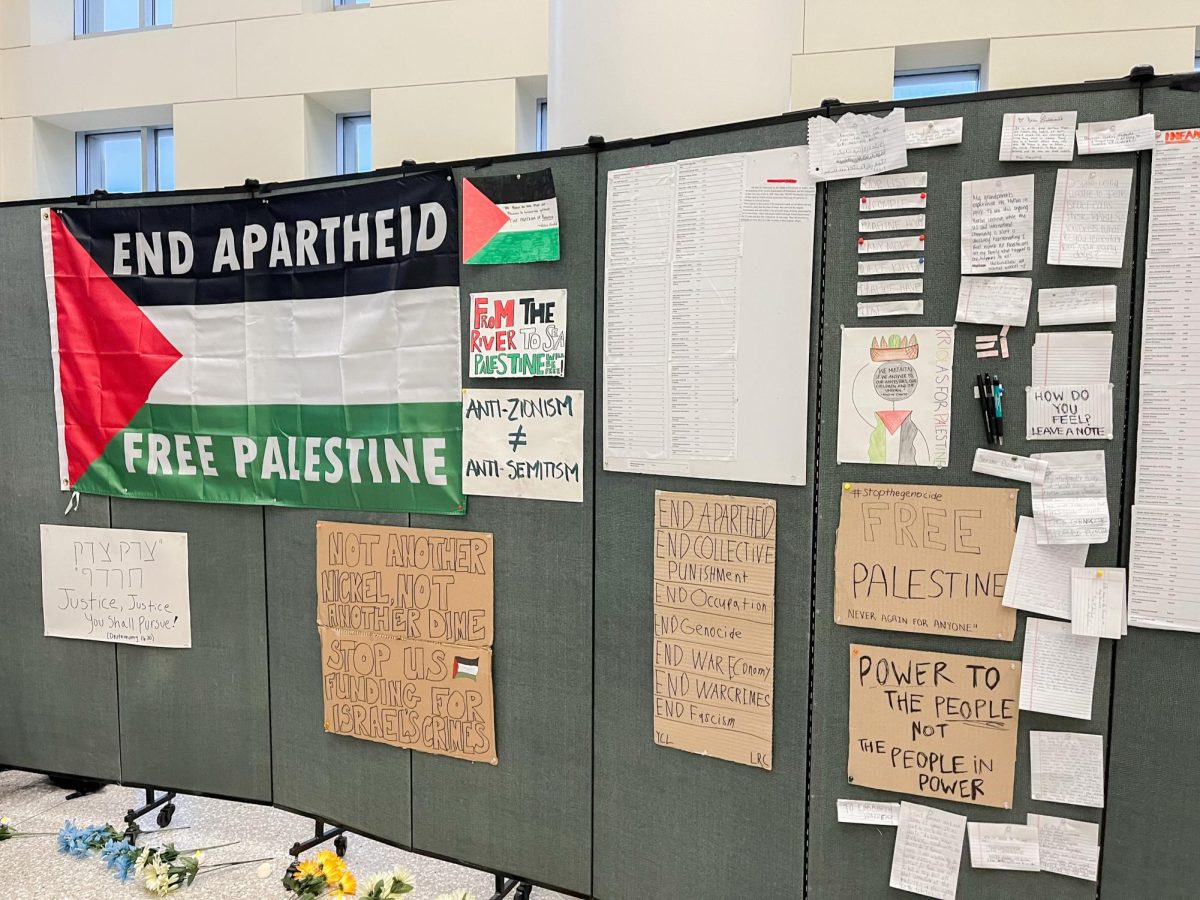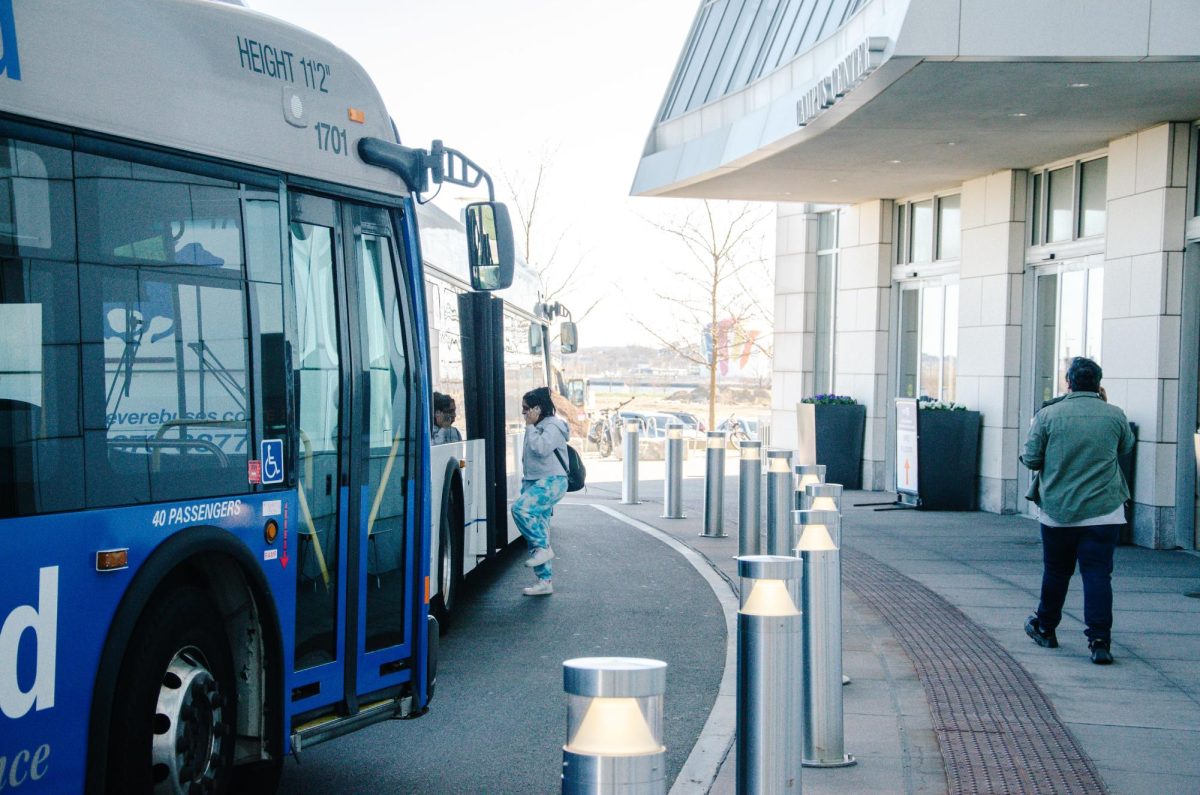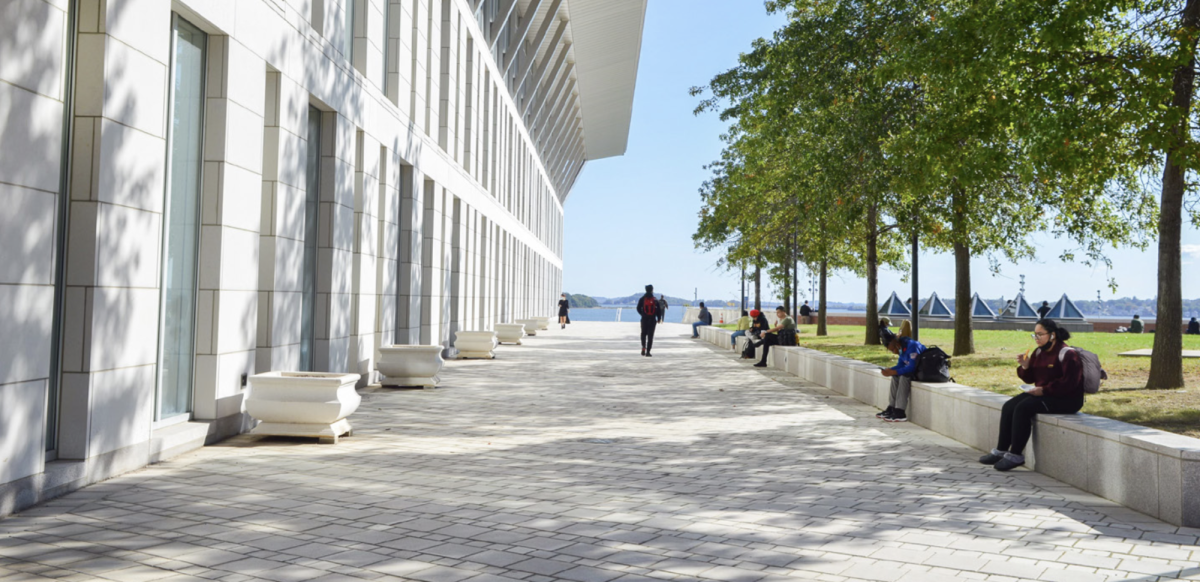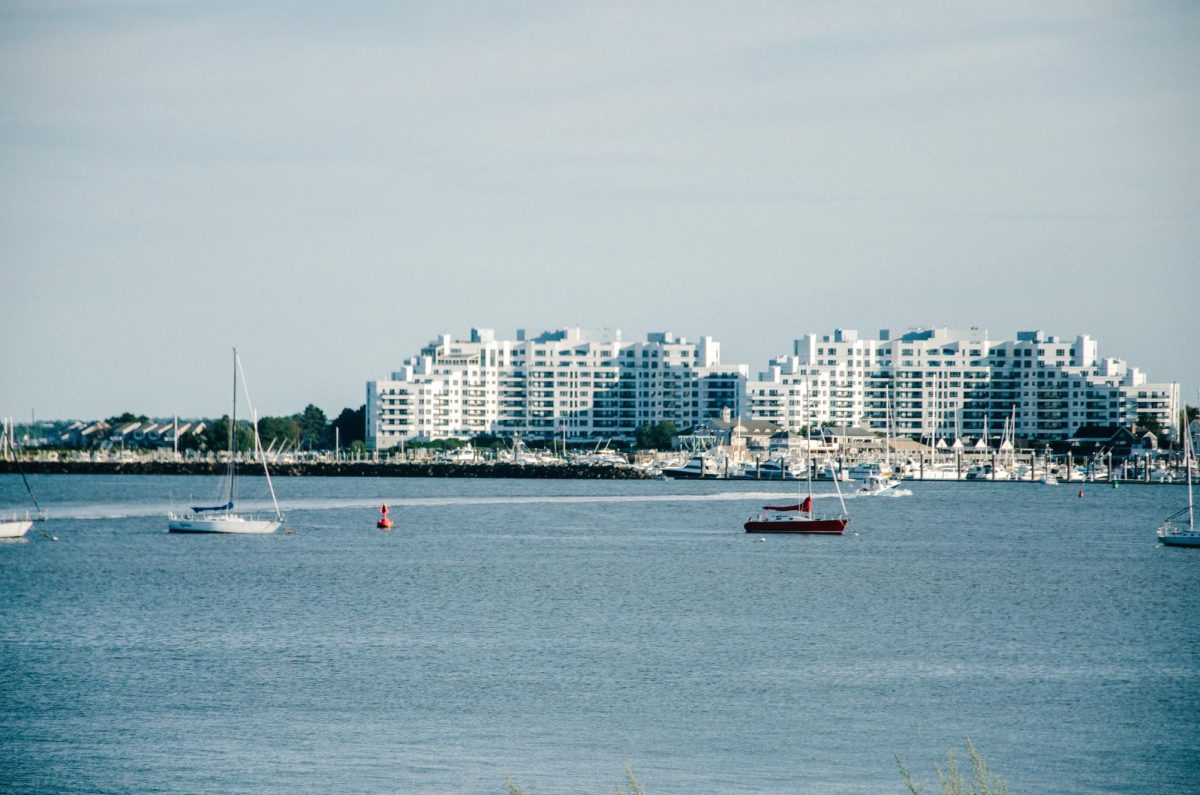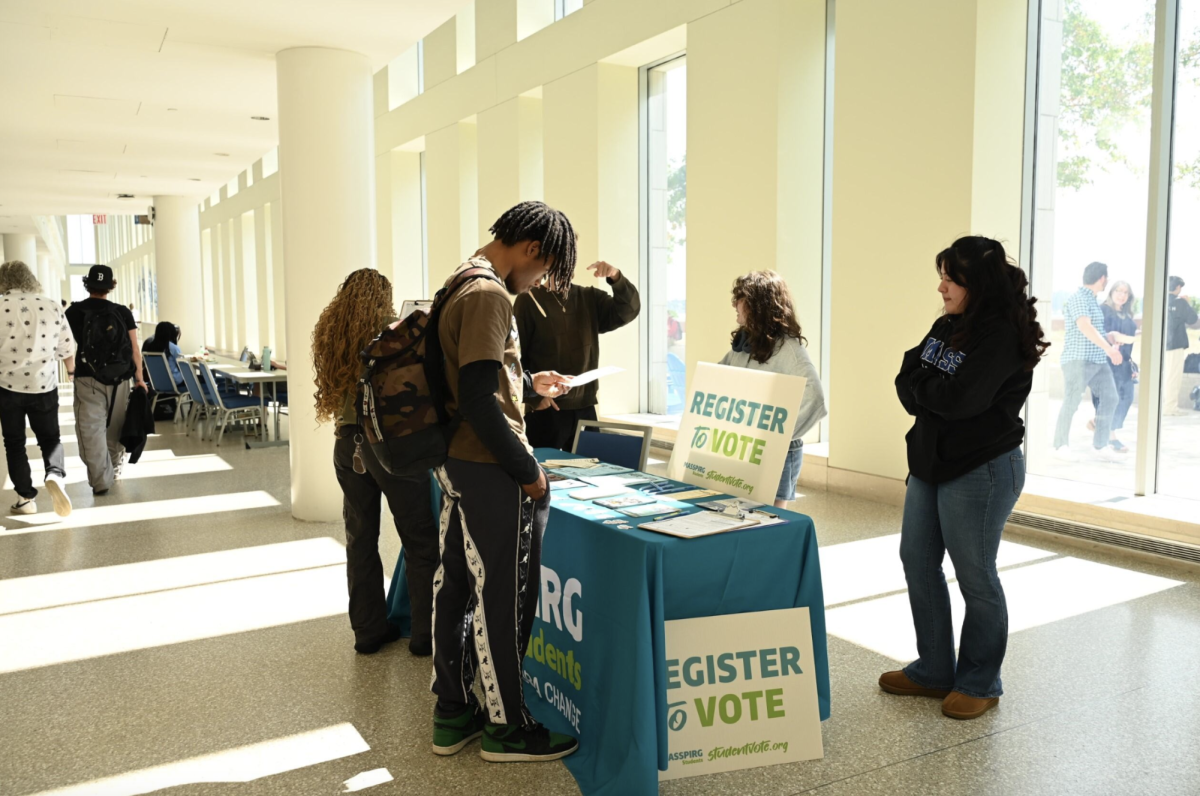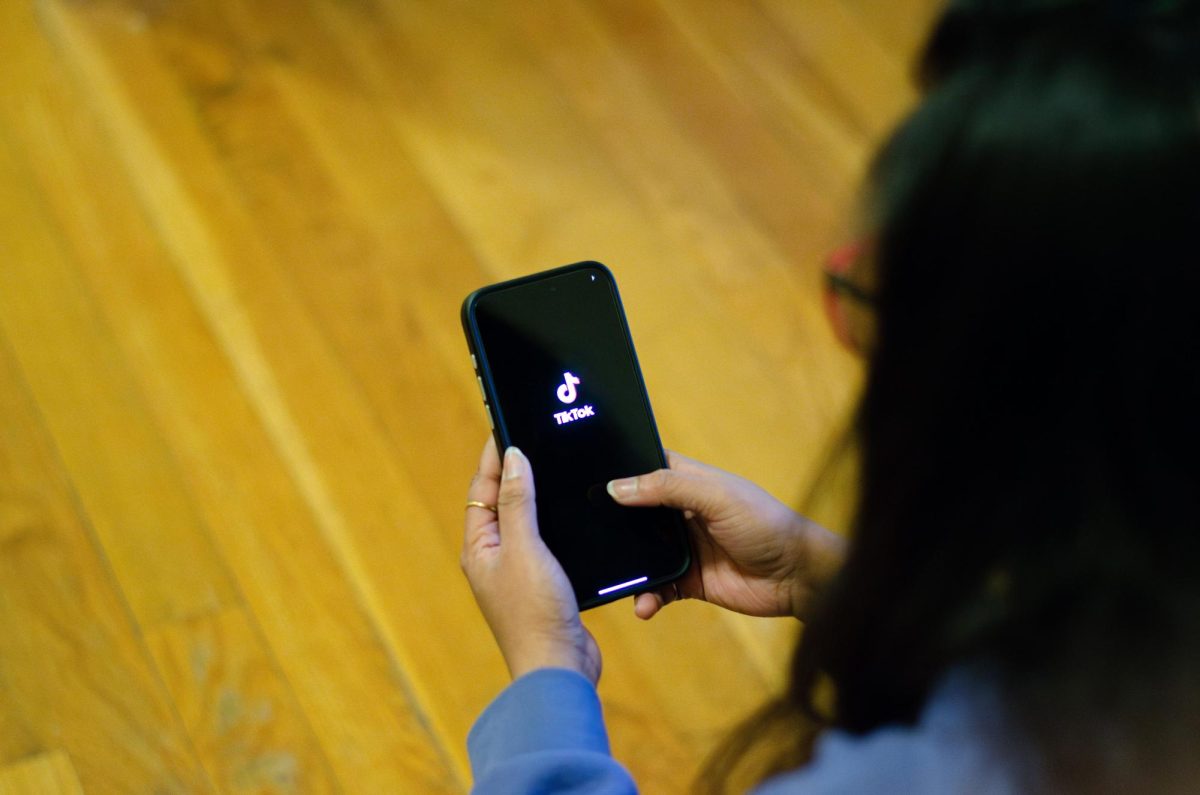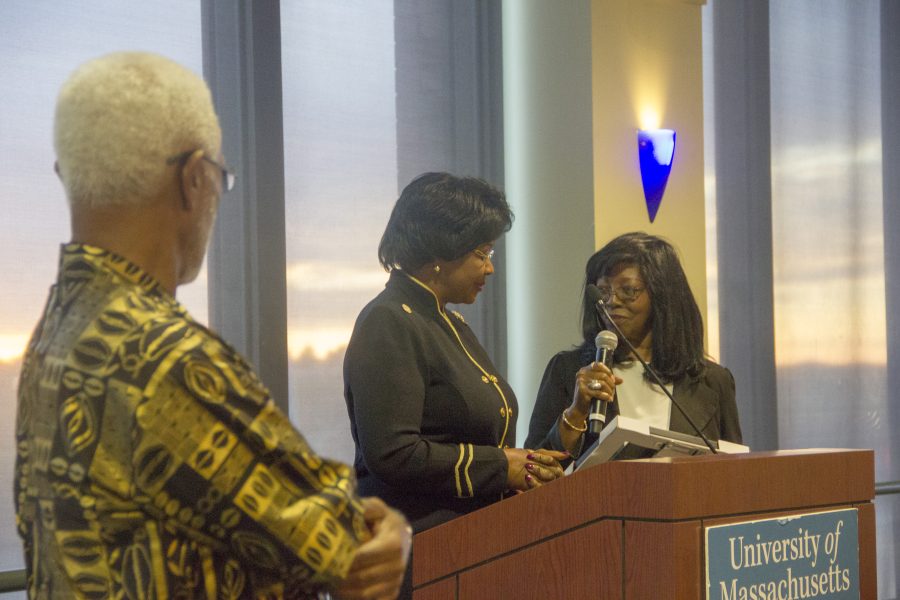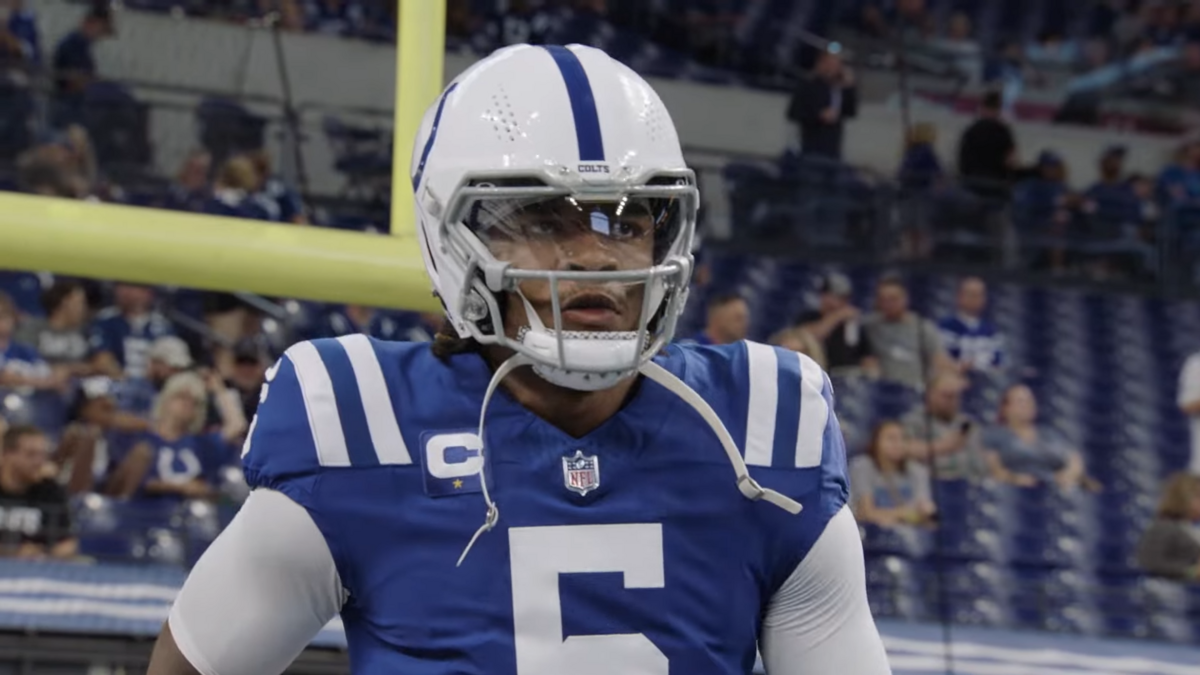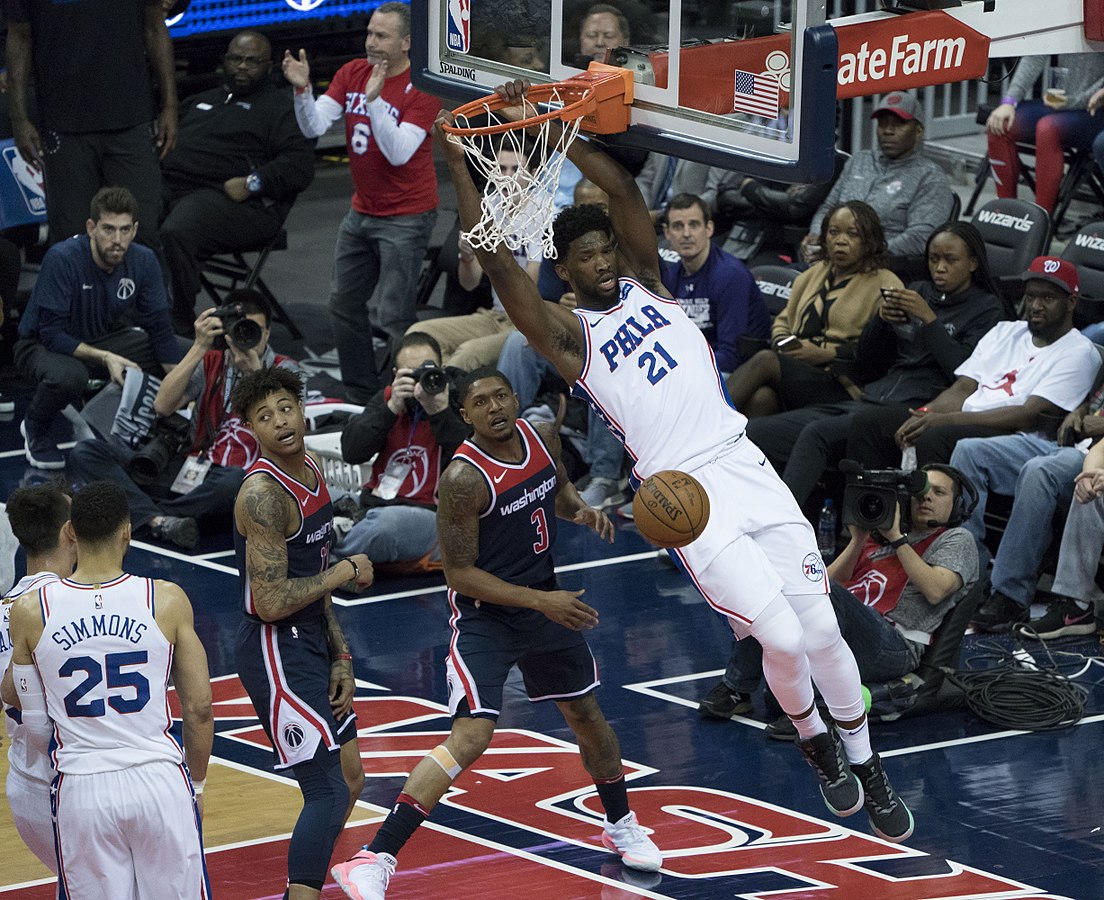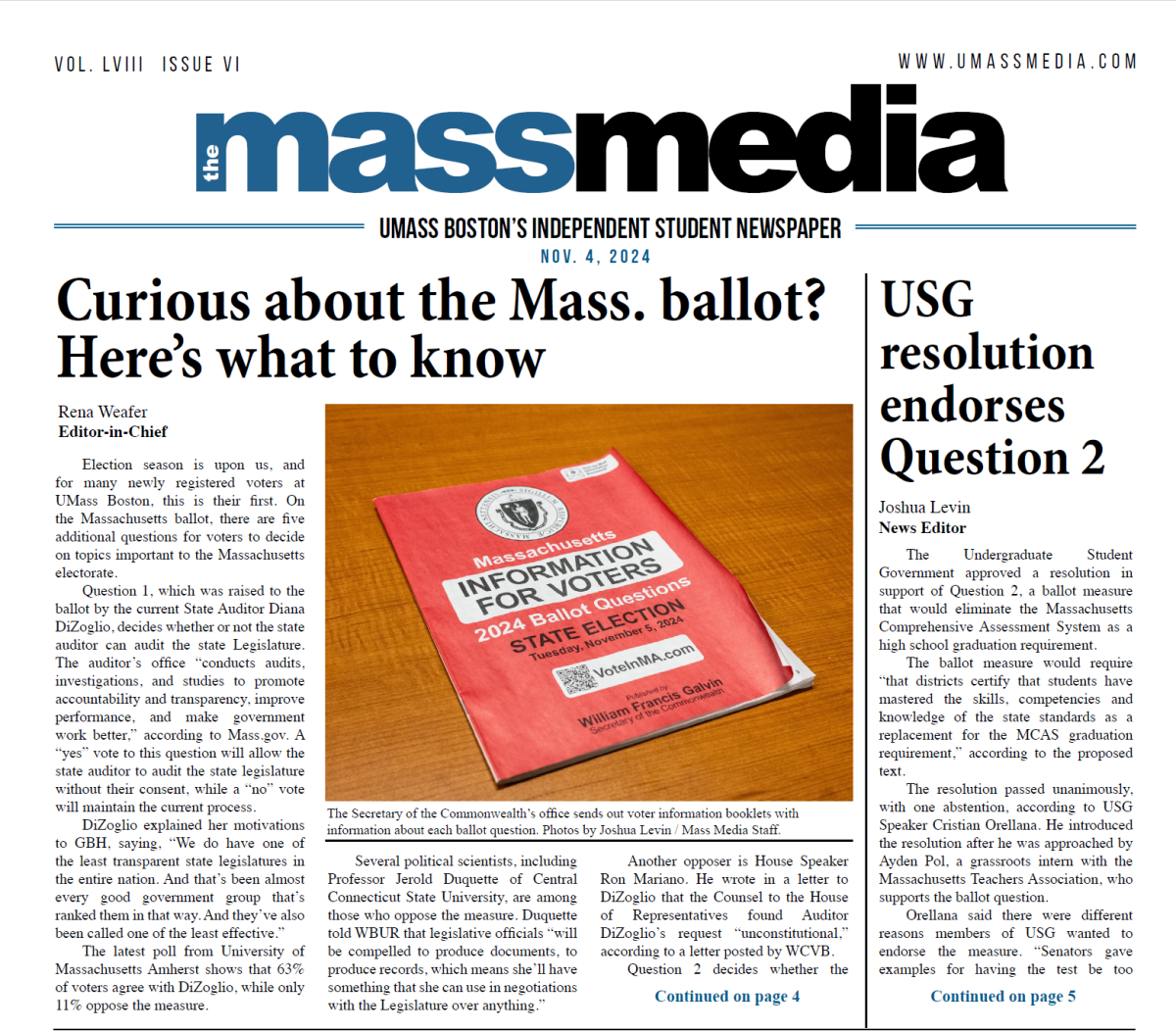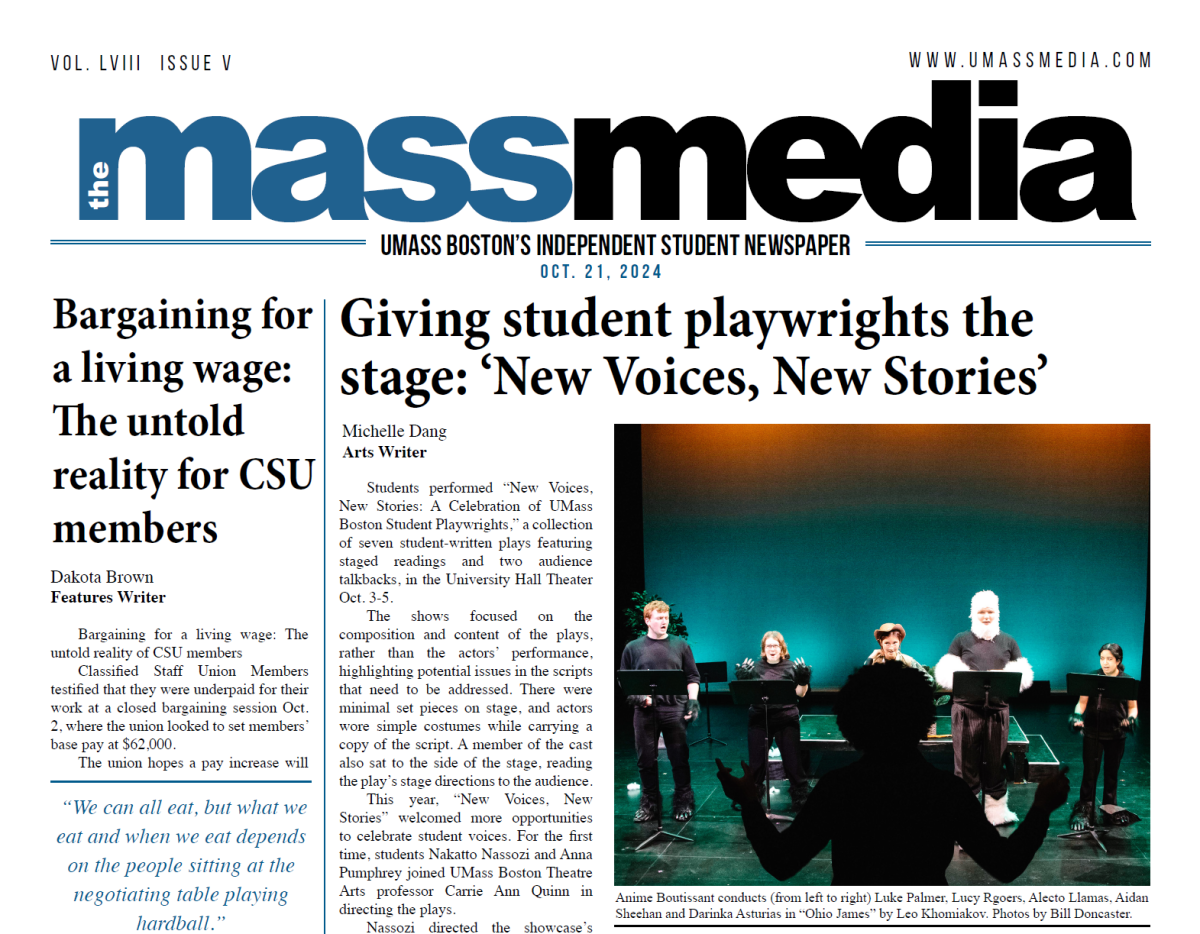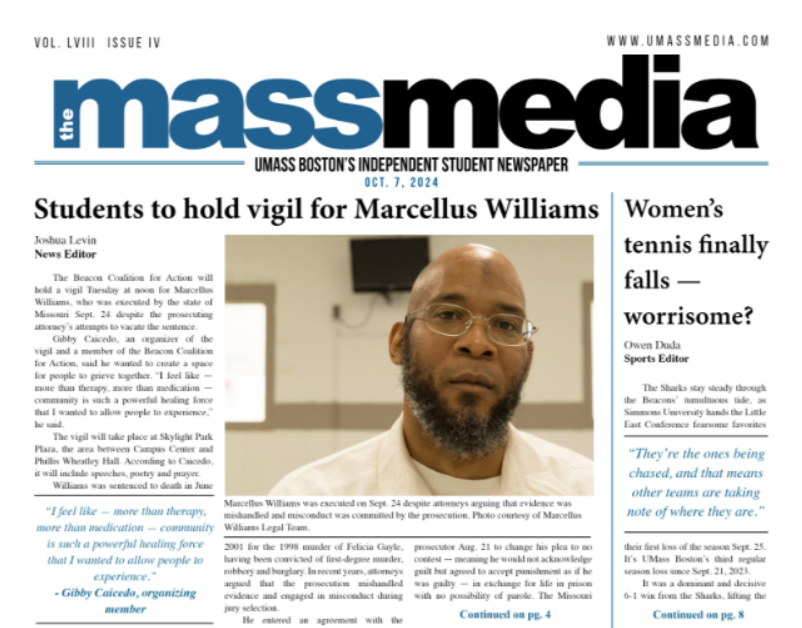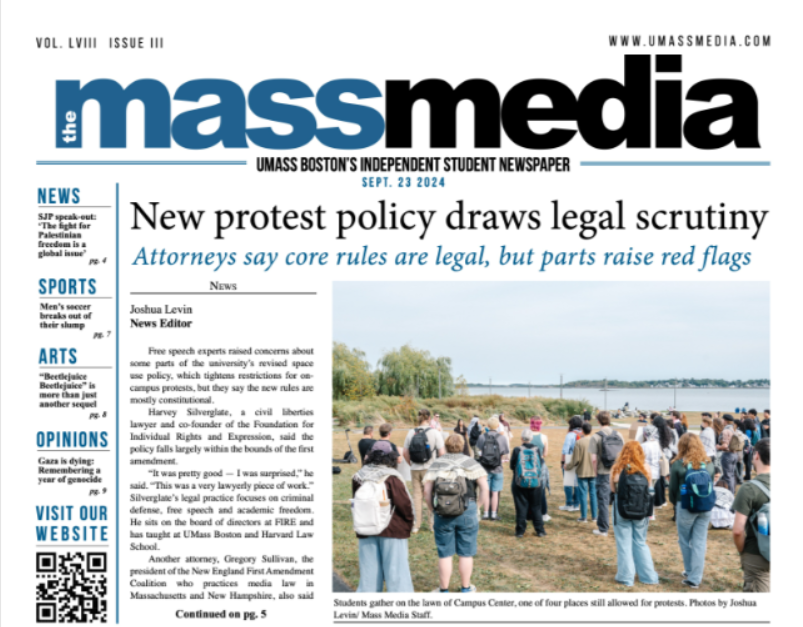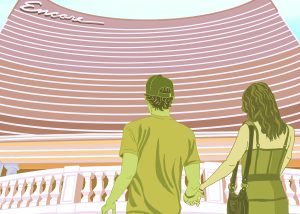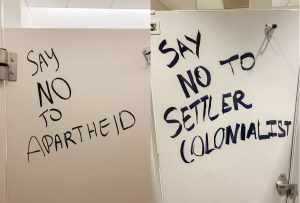What’s In A Name?
October 10, 2001
Almost every building at this university has the name of a person inscribed on its outside surface: above the doors, or on a plaque just inside the doors, or both. These names stand, empty and faceless, with little meaning to us, besides the buildings they are pictured on. These designations over time have become the names of the buildings, but there are people behind those names and reasons they were chosen. “I’ll see you outside McCormack,” or “Let’s meet up outside Wheatley,” are part of our everyday speech, our regular routines. But who are these people? Why does our university have buildings named after them?
Healey Library:
“Joseph P. Healey exemplifies the life and spirit of the University of Massachusetts at Boston. And if a library, with all its indefinable wealth for faculty and students, represents the heart and soul of a university, it is the appropriate matching of a man with an institution…” said the UMass Boston Office of External Affairs. Healey served as a trustee and also as the Chairman of the Board of Trustees of the University of Massachusetts. Healey worked as a law school professor, state tax administrator, banker and attorney, all within the Commonwealth. He is respected and credited for his work providing “unlimited opportunities … for students to study, teachers to teach, and scholars to pursue research at this campus and, especially, within its library.” The Healey Library was dedicated on May 19, 1981.
Phillis Wheatley Hall:
Phillis Wheatley is not the name of a bygone professor here at UMB; it is not someone who contributed time and money to our school. But the naming of the Phillis Wheatley building pays tribute to the diversity on our campus and reminds us how lucky we are to have students of all colors and nations at UMB. Phillis Wheatley was a slave in mid-eighteenth century Boston. She rose to become “the first black, the first slave, and the second woman to publish a book of poems in the United States … her strong and graceful line plucked a uniquely American chord – what it meant to be black in white Revolutionary America,” as stated at the dedication of the Wheatley Building.
Phillis first felt inspired to write at the age of fourteen. She kept writing and her works circulated around her owners’ family. She was a well-treated slave, a house slave, and was educated within the family and allowed to read and write. The family must have passed along young Phillis’ works, because her name spread.
By the year 1770, her poetry was advertised for sale in the Massachusetts Spy which described her as, “Phillis, a Servant girl of 17 years of Age, belonging to J. Wheatley … but 9 years in this country from Africa …” The Wheatley Building reminds us of how progressive Boston is and has been, and how important it is for us to remember and respect our multifaceted population here on campus. The Wheatley Building was dedicated on February 1,1985.
John W. McCormack Hall:
John W. McCormack was an important contributor to the university and the surrounding communities. He was born in South Boston and spent much of his life in Dorchester. For more than 40 years, from 1928 to 1970, he served in the House of Representatives and represented the Congressional District in which the UMB campus is located. McCormack served as Speaker of the House from 1962 until his retirement in 1970.
As said by then State Senate President William Bulger in 1985, at the building’s dedication, “For 42 years, John W. McCormack rendered exemplary public service for his district…” When the building was dedicated in April of that year, several important and respected politicians were on hand to show their support. It was at this ceremony that Tip O’Neill referred to McCormack as his “mentor.” The mayor at the time Raymond Flynn said, “It’s fitting that McCormack Hall is dedicated in the shadow of his district … John W. McCormack improved the quality of life for many people.”
Catherine Forbes Clark Athletic Center:
Another resident of the community surrounding the harbor campus, Catherine Forbes Clark, or “Kit” Clark, was remembered for her service to that community. In November of 1985, the Clark Athletic Center was named in her honor. Kit Clark was a lifelong resident of Savin Hill. Clark served on the Board of Trustees of the University from 1974 until her death in 1977. Clark also served as President of the Columbia-Savin Hill Neighborhood Housing Service and of the Columbia-Savin Hill Civic Association. Her community work went even beyond that. She was also the Vice-President of the Dorchester United Housing Association, as well as Director of Senior House of Federated Dorchester Neighborhood Houses.
UMass President from 1970-1977, Robert C. Wood, offered the following words at the time of Clark’s death in 1977, “Her greatest contribution was the link she created between the Harbor Campus and the Dorchester community. But her concern for services to students, her capacity to cut to the heart of an issue, and her consistent insistence that the public university must truly serve the public, were hallmarks of her trusteeship.” It seems fitting that the center named for this woman is used not only by UMB students, faculty, and staff, but also serves the surrounding communities for sporting events and recreation.
Robert H. Quinn Administration Building:
Robert H. Quinn is directly linked to the establishment of the Harbor Campus of UMass Boston. In 1964, he coauthored the legislation providing for a publicly supported University in Boston. When the school first started, classes were held at locations downtown near the Arlington Street area. In his capacity as Speaker of the House of Representatives, Quinn advocated the building of a unified campus, and heavily lobbied for Columbia Point as its location.
Columbia Point seemed a prime location for the university for many reasons. Robert H. Quinn said at the time, “It was vacant. It was undeveloped. Most important, nobody would be dislocated. I also believed that building the campus there would put an institutional cast instead of a residential or industrial cast to the area.”
Continuing this pattern for links between the immediate university community and those it was built to serve, the Honorable Robert H. Quinn held many positions throughout Massachusetts. He served as a lawyer in the earlier days of his career and later served on the House of Representatives, where he became Speaker of the House in 1967. He also served as Massachusetts attorney general from 1969 to 1975, he used his position to establish Massachusetts’ first Environmental Protection and Consumer Protection Divisions. He also worked to instate the New England Organized Crime Intelligence System.
In 1981, Quinn was appointed to the Board of Trustees at the university. As a trustee, Quinn chaired the Executive Committee of the Board of Trustees and was a governor ex-officio of the University of Massachusetts Foundation, Inc. Former President of the University, David C. Knapp said, “The University, as it now stands, is indebted to him for his support.”
All of the namesakes of these buildings have strong connections with UMass Boston or with the community around the school. The philosophy of UMB, as demonstrated by such programs as Upward Bound and the Urban Scholars Program, is to be connected to the community. It seems that UMB has always been an urban campus concerned with making sure that the relationship between the university and the community is mutually beneficial. In the spring of 1964, legislation “providing for the establishment of the University of Massachusetts in or in the vicinity of the city of Boston” was instated.
Although the harbor campus of our University was established in the mid-60s, the buildings didn’t begin receiving names until the 80s. When the university began naming its buildings it seemed only fitting that each and every building is named for someone who contributed to the school and our community.

